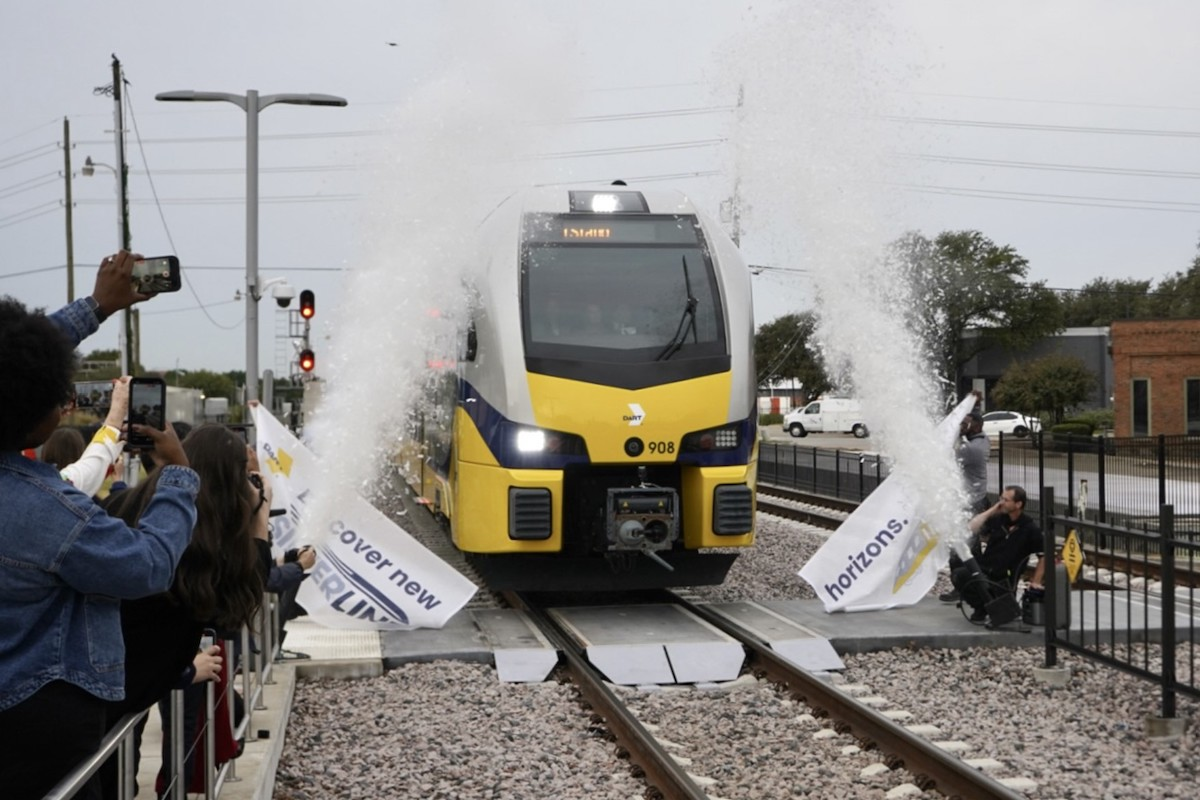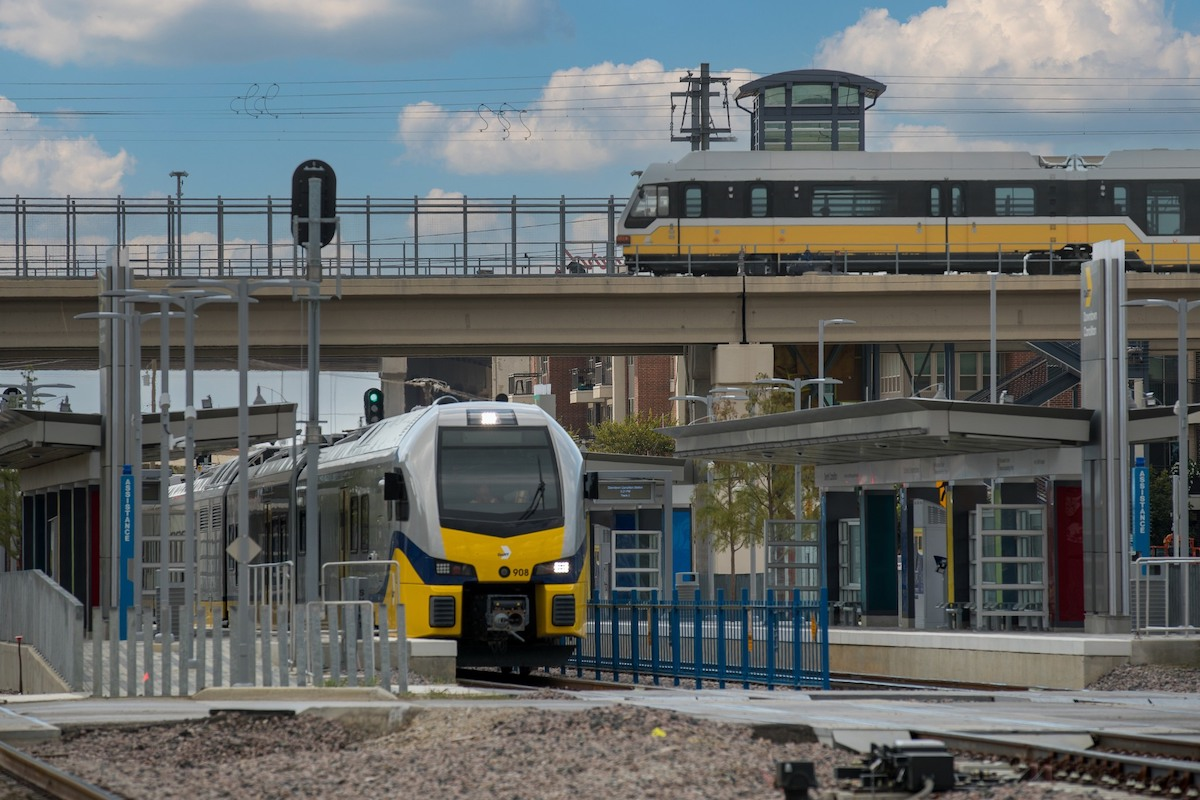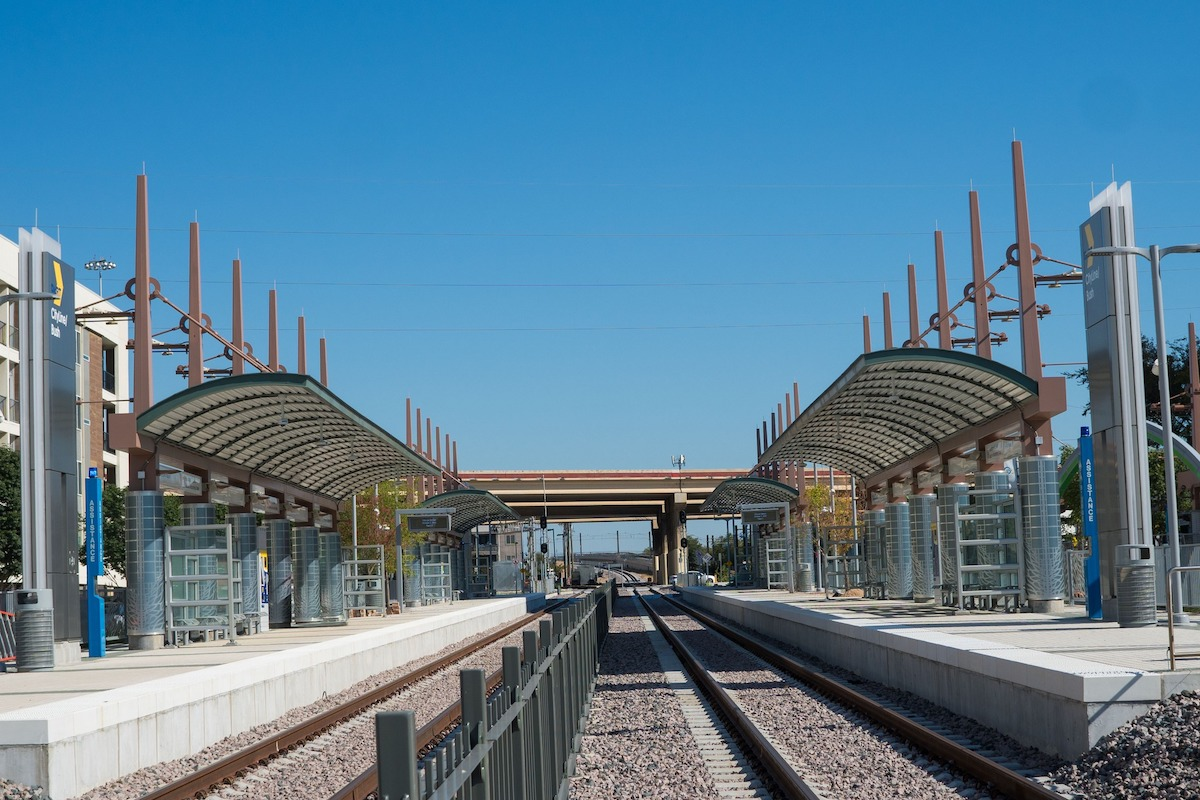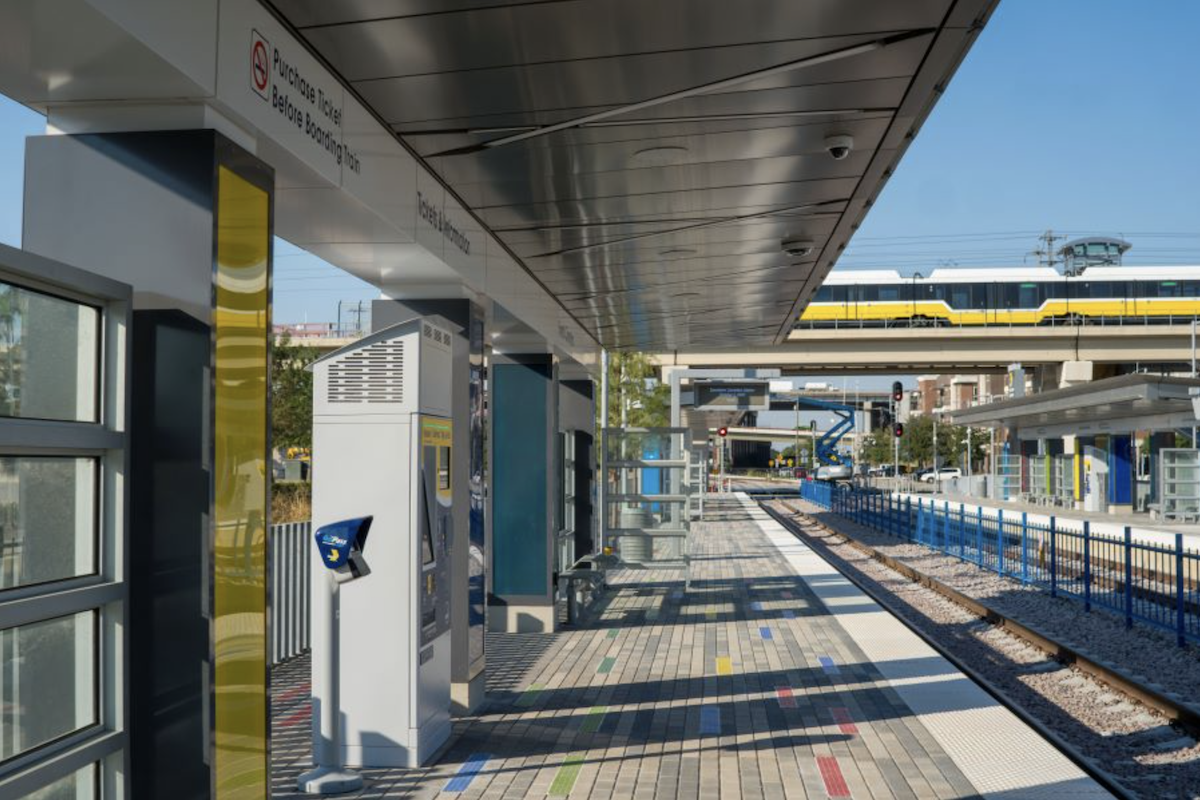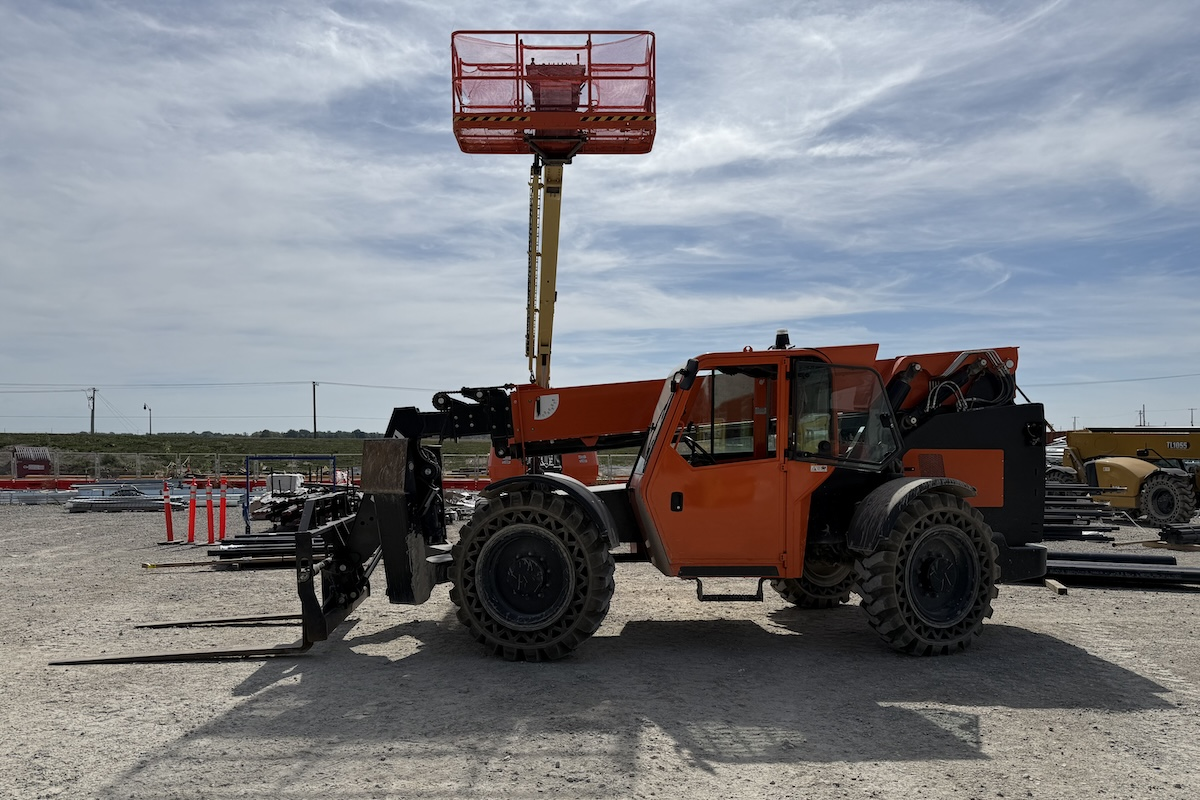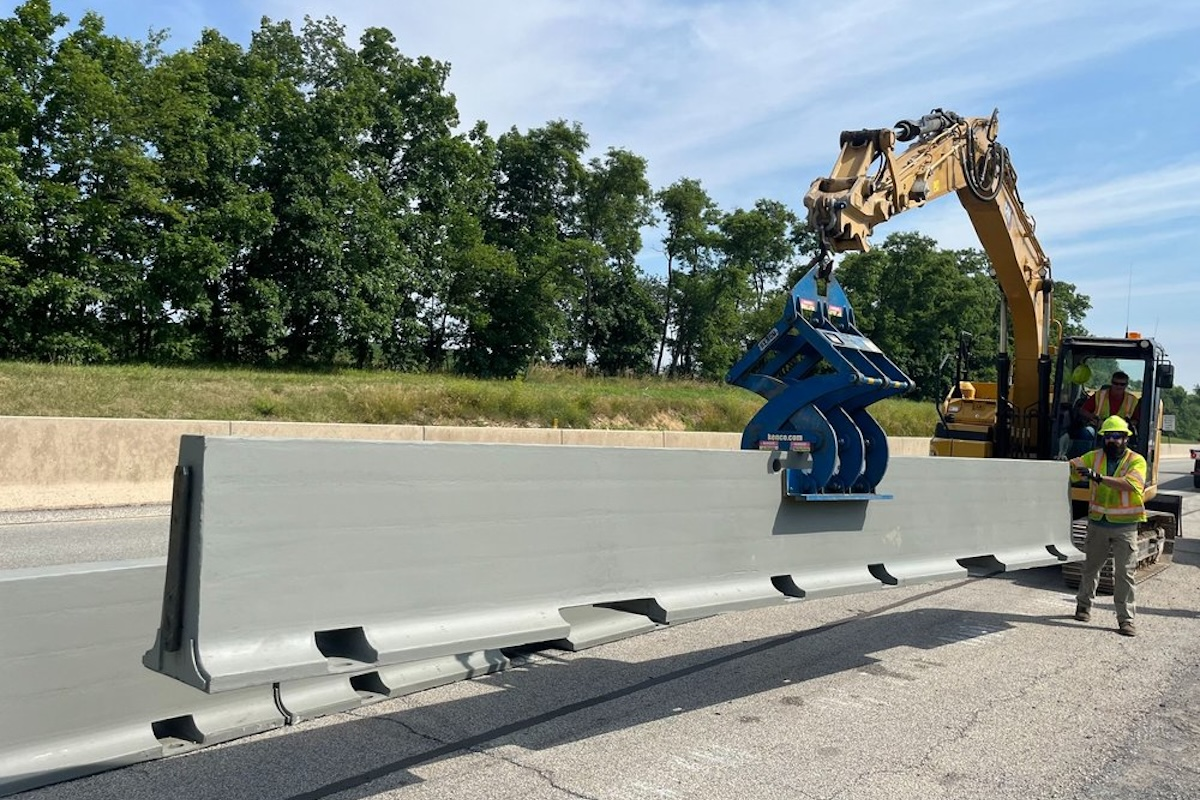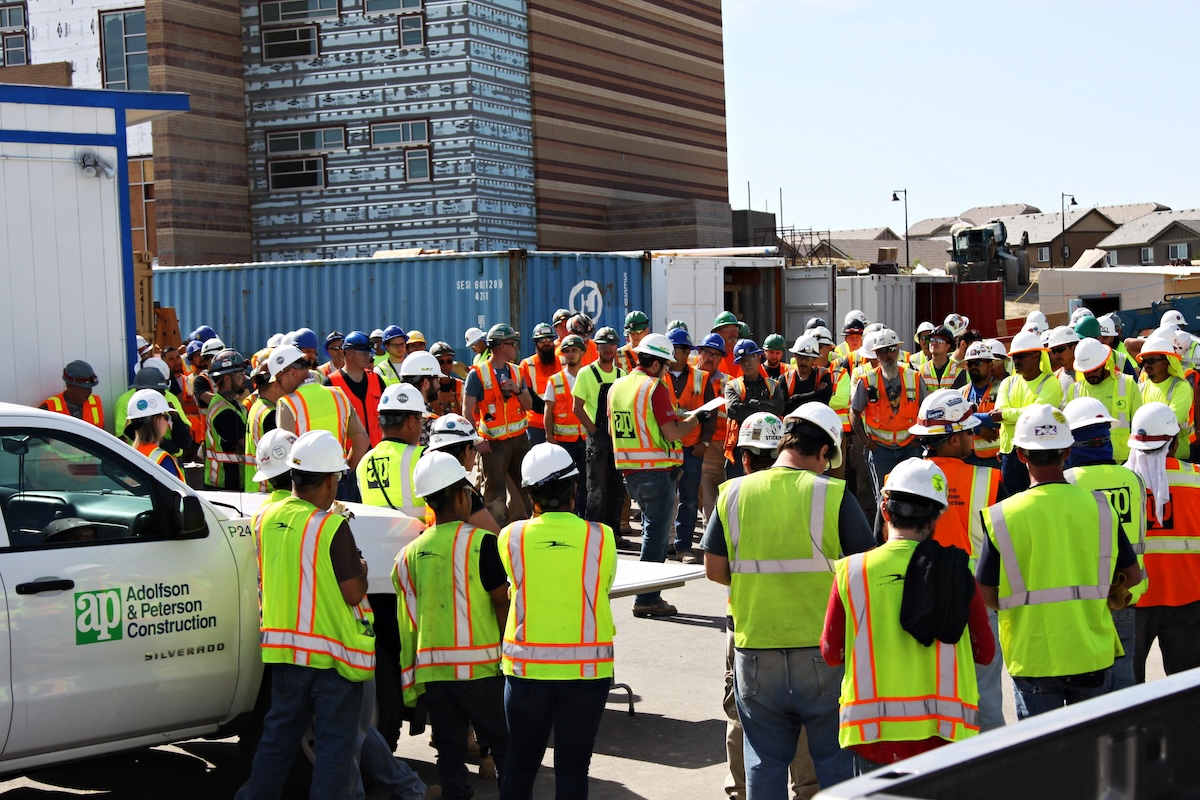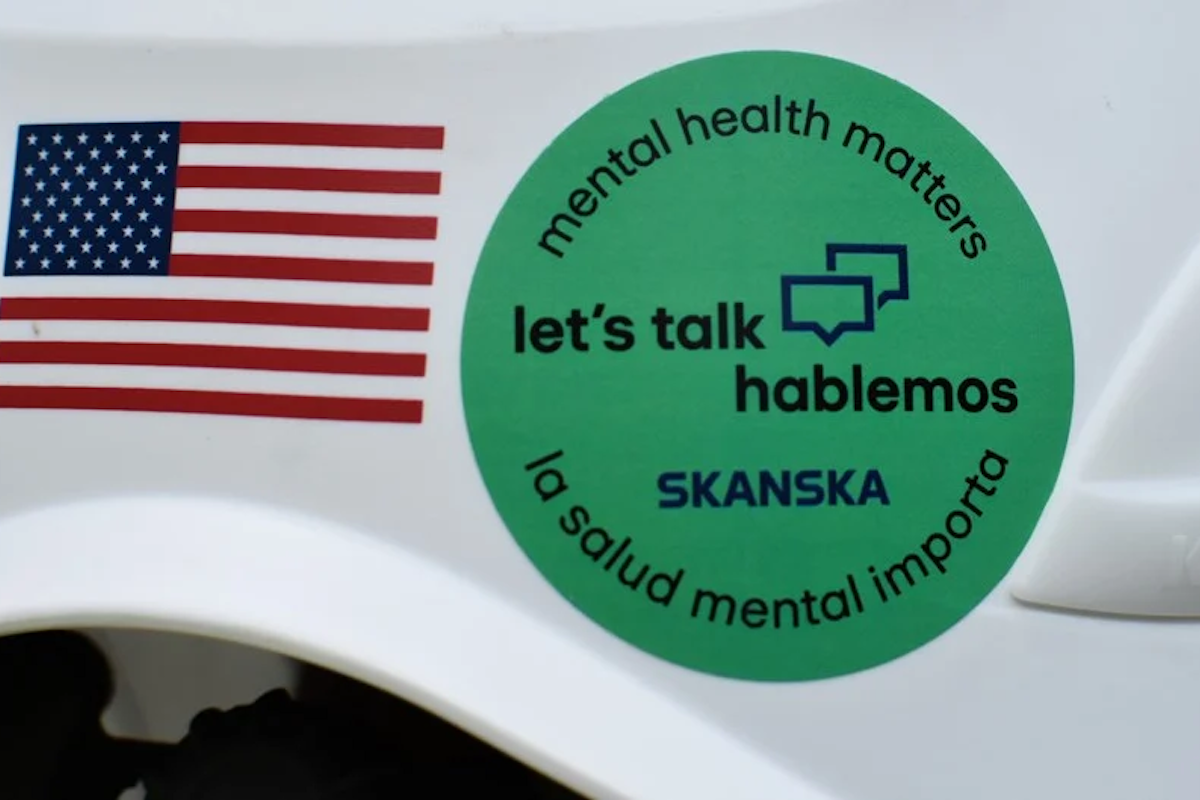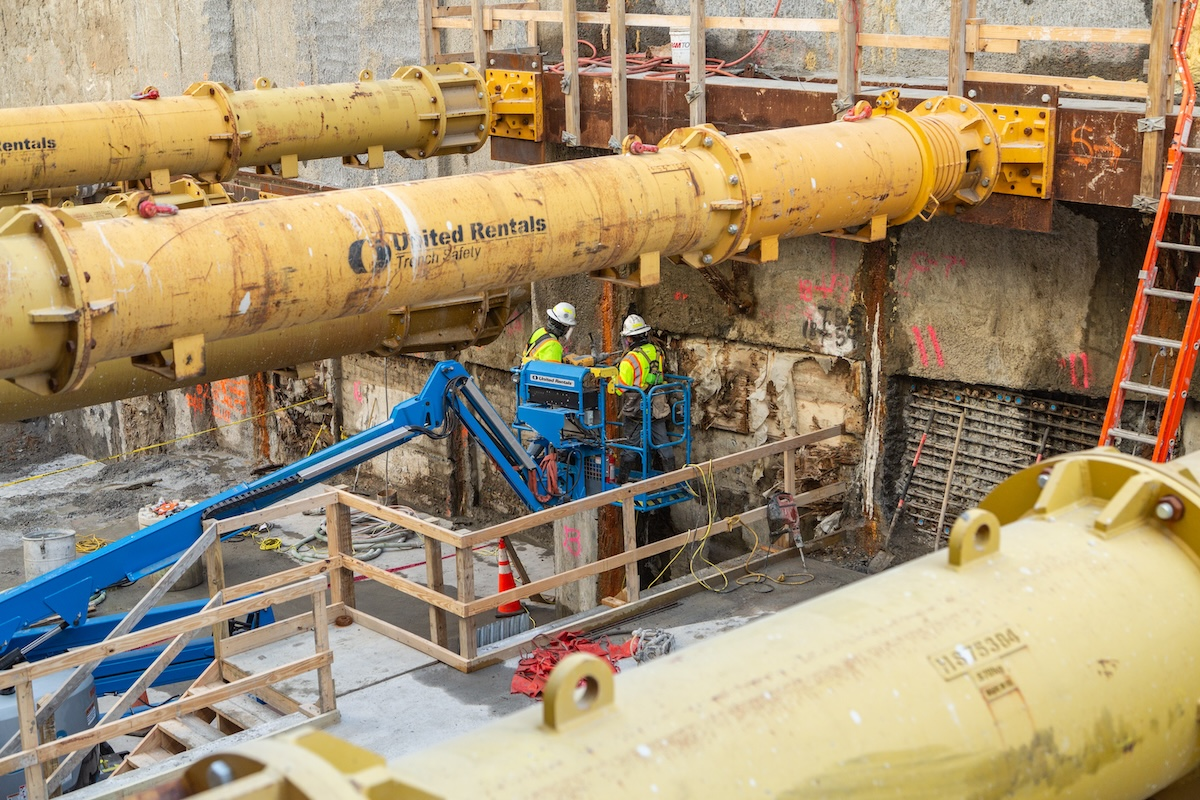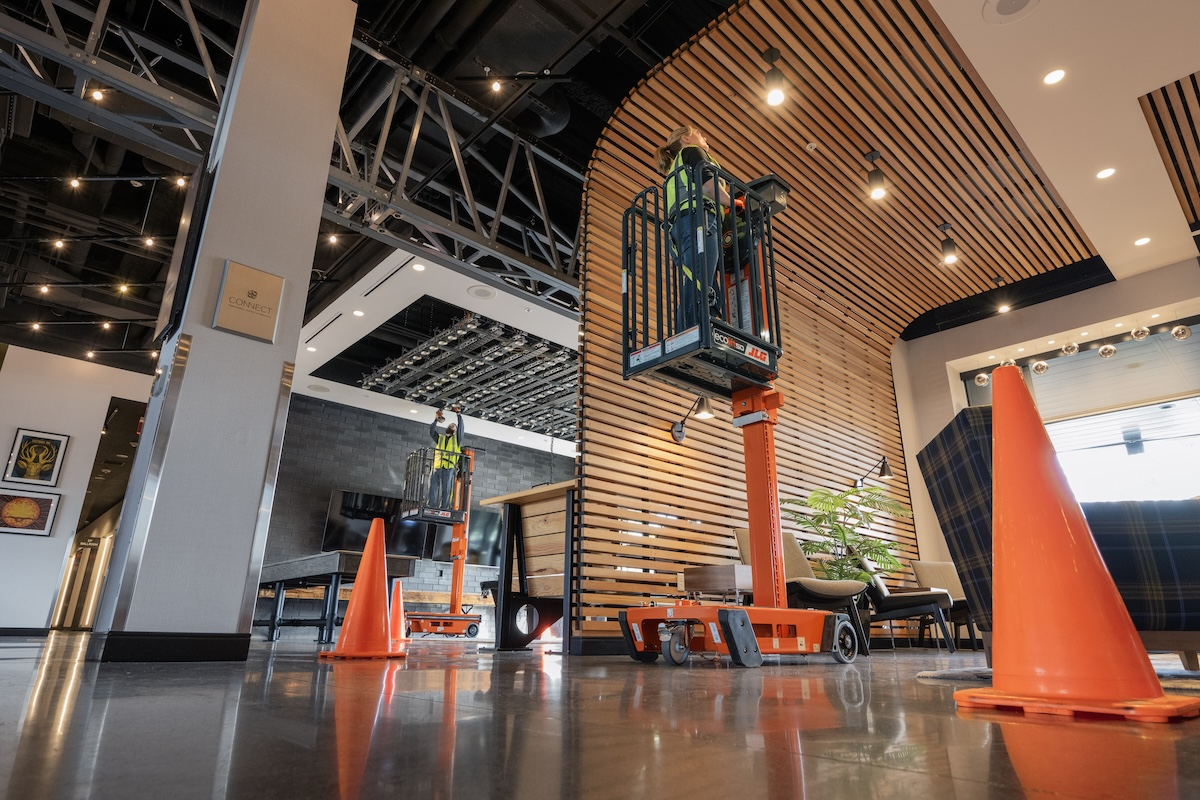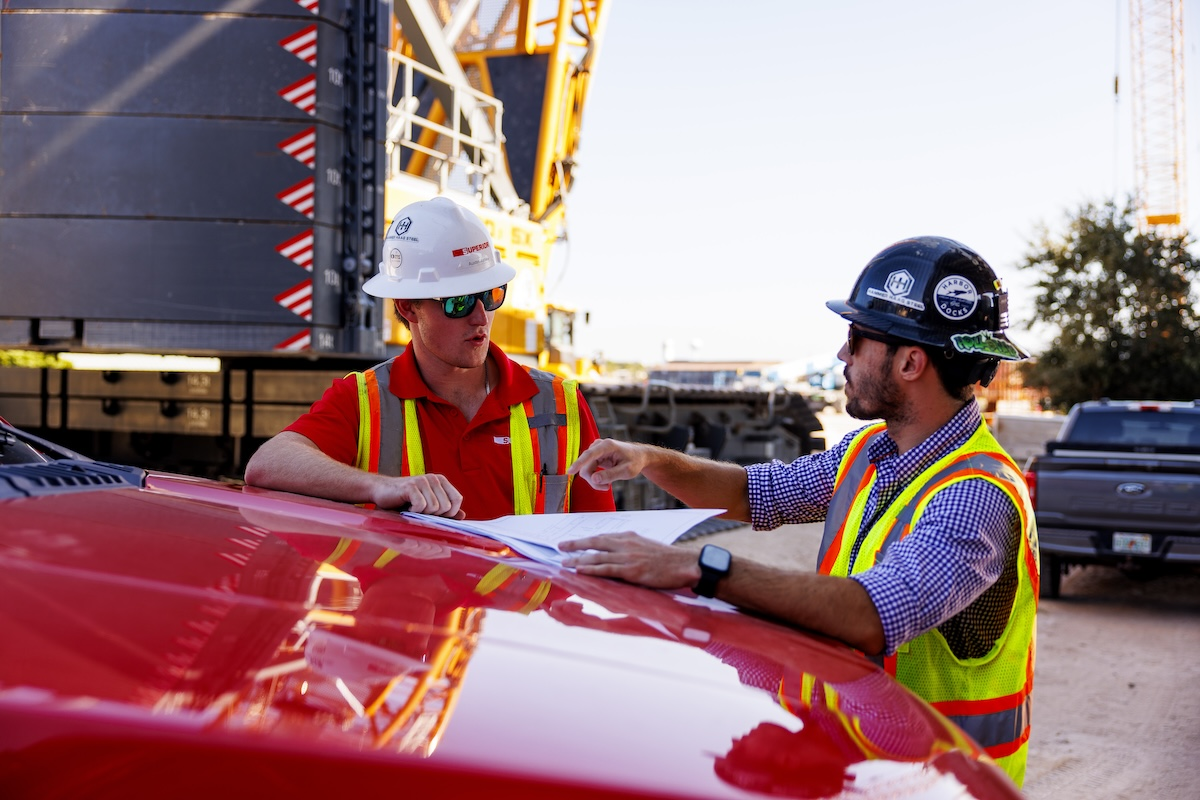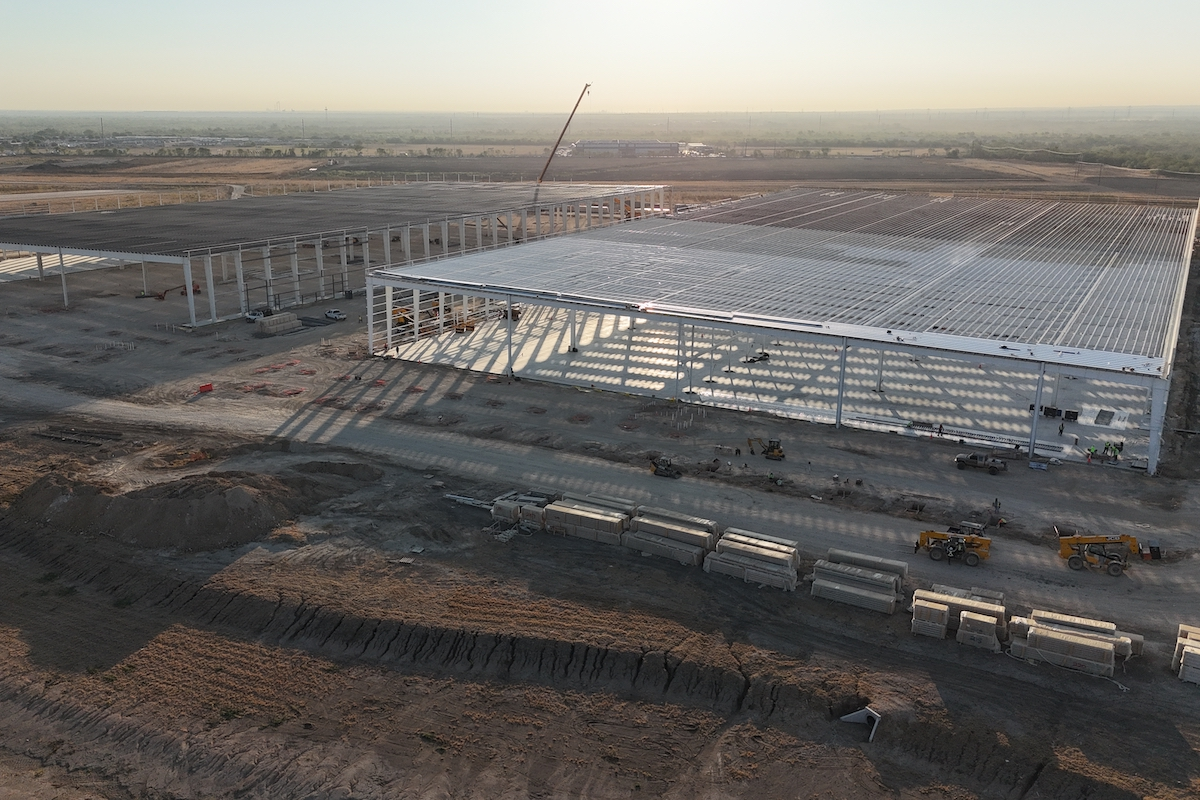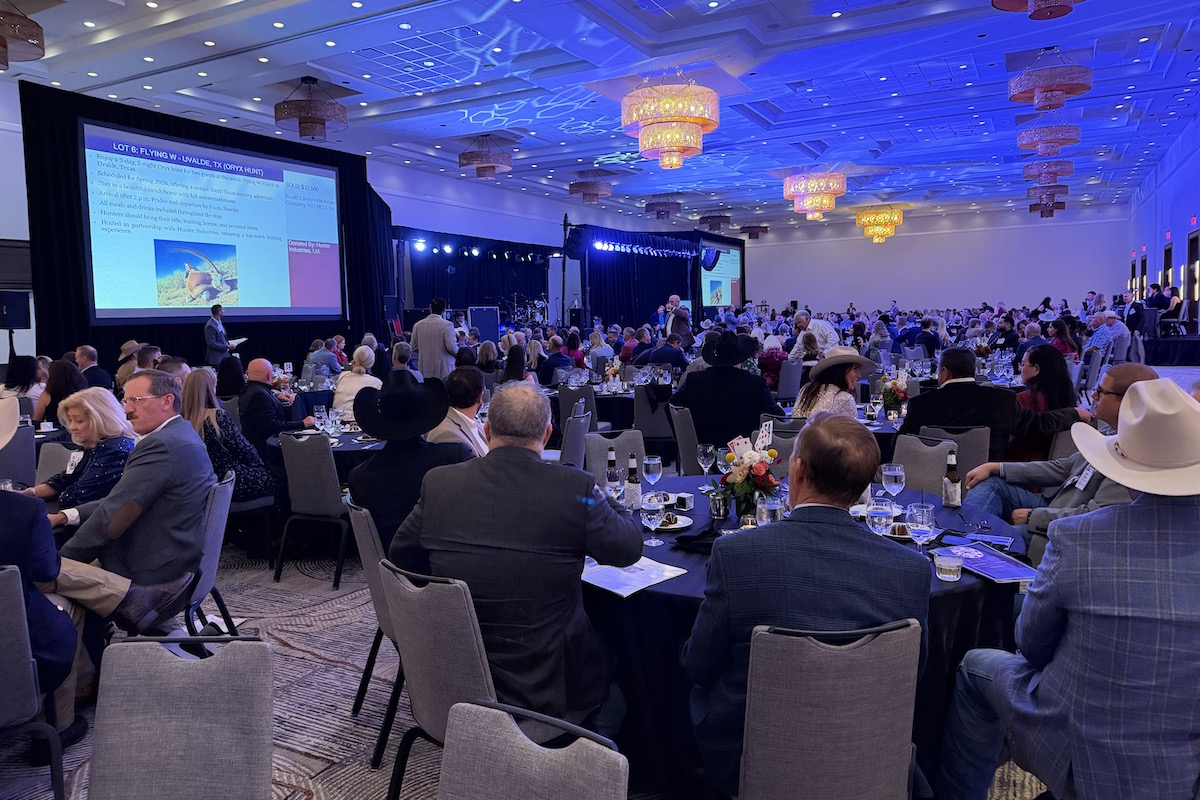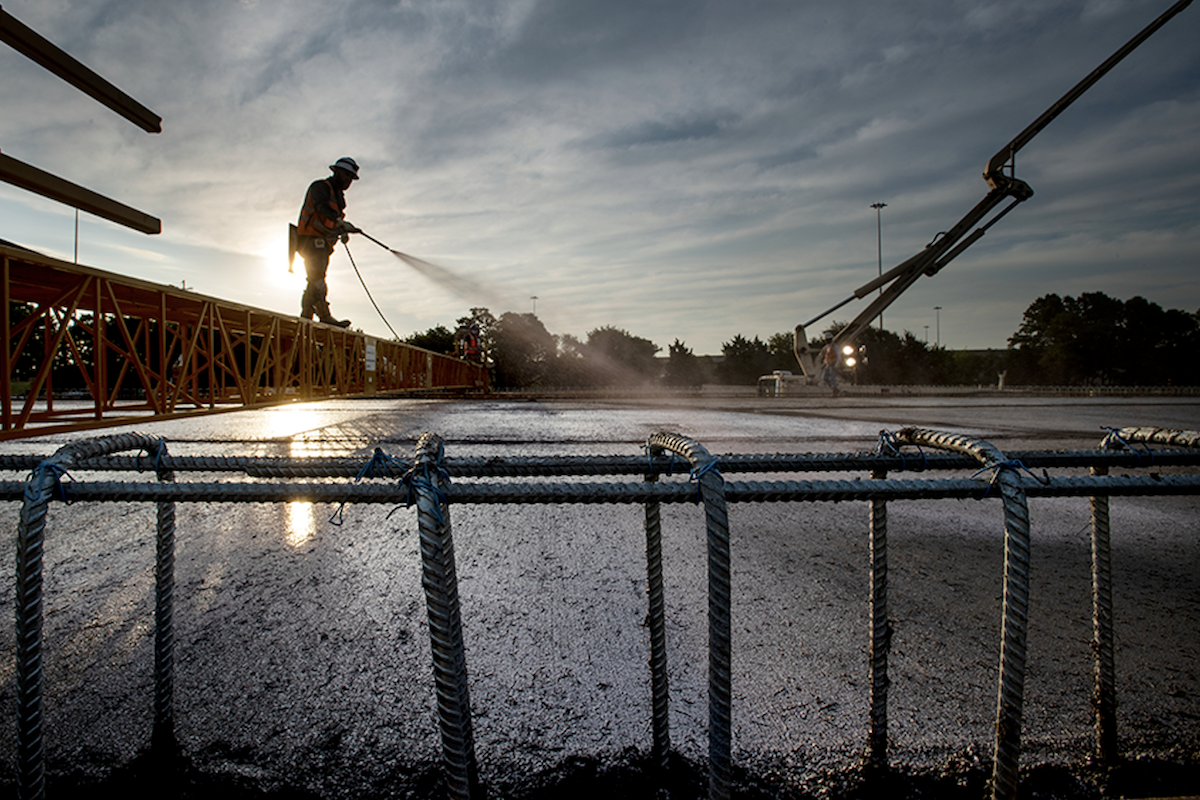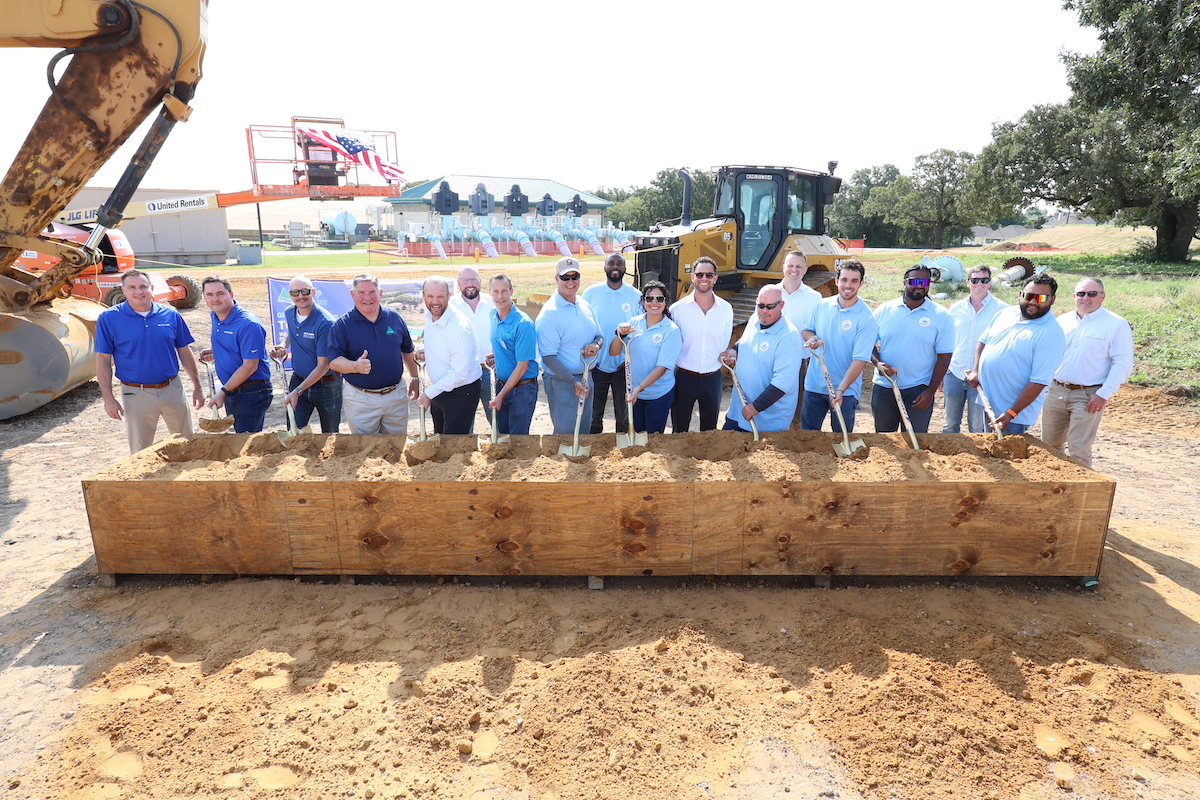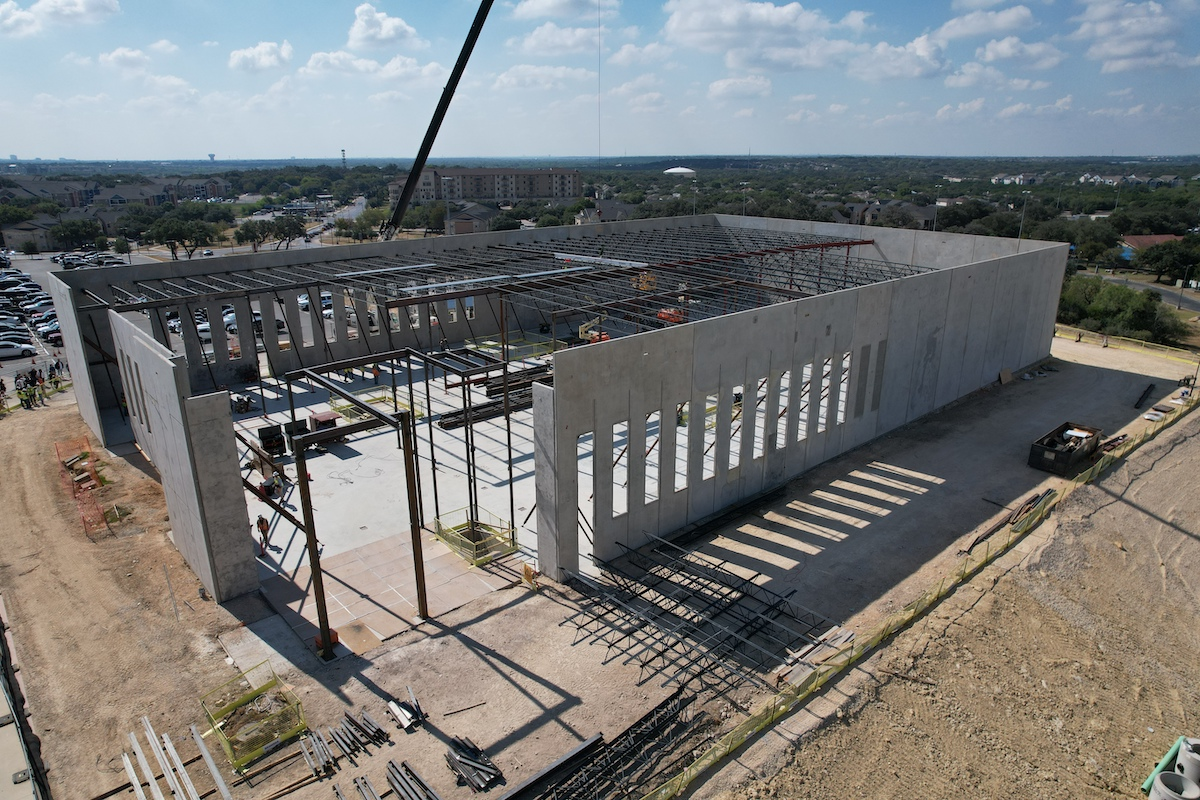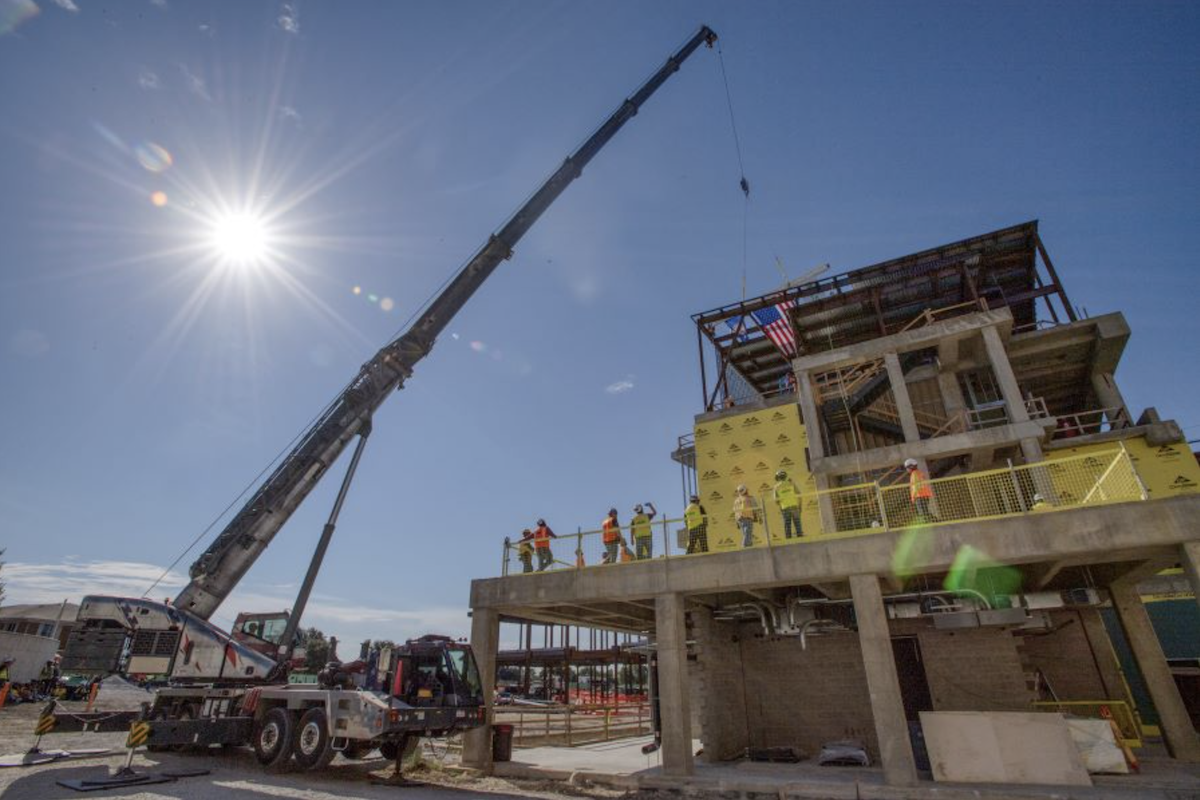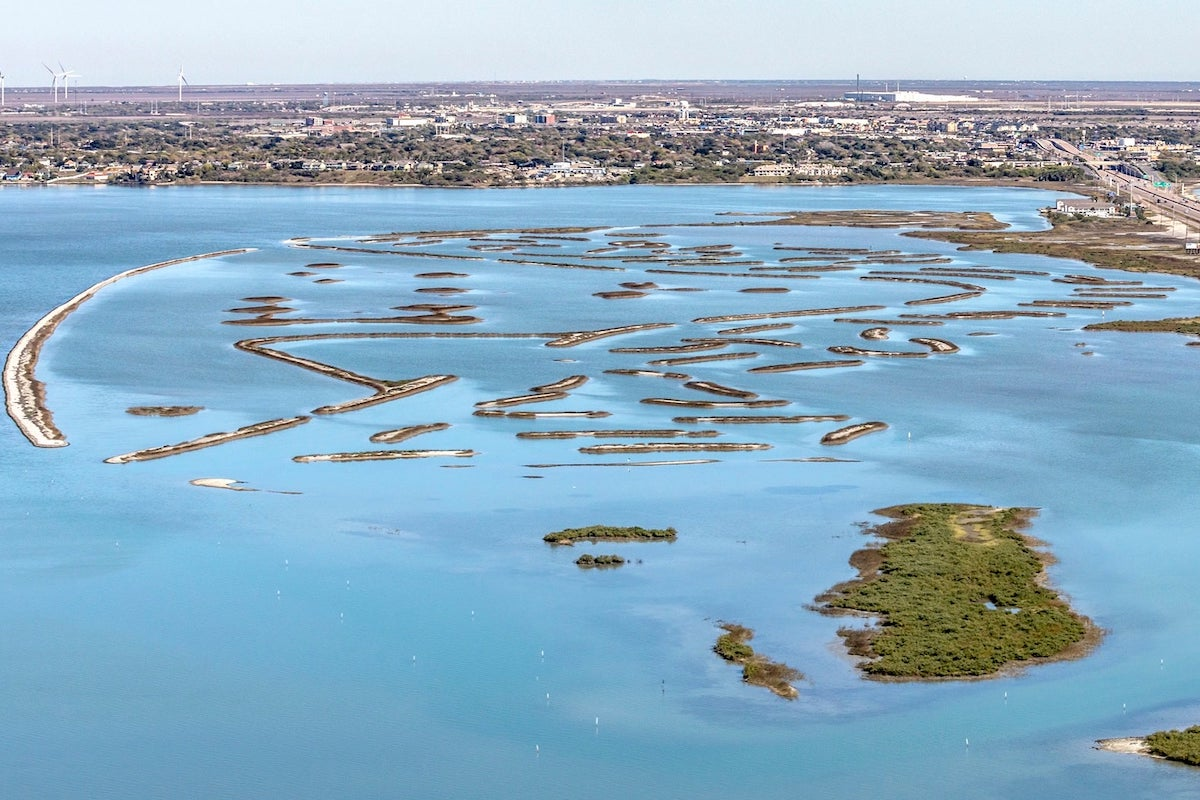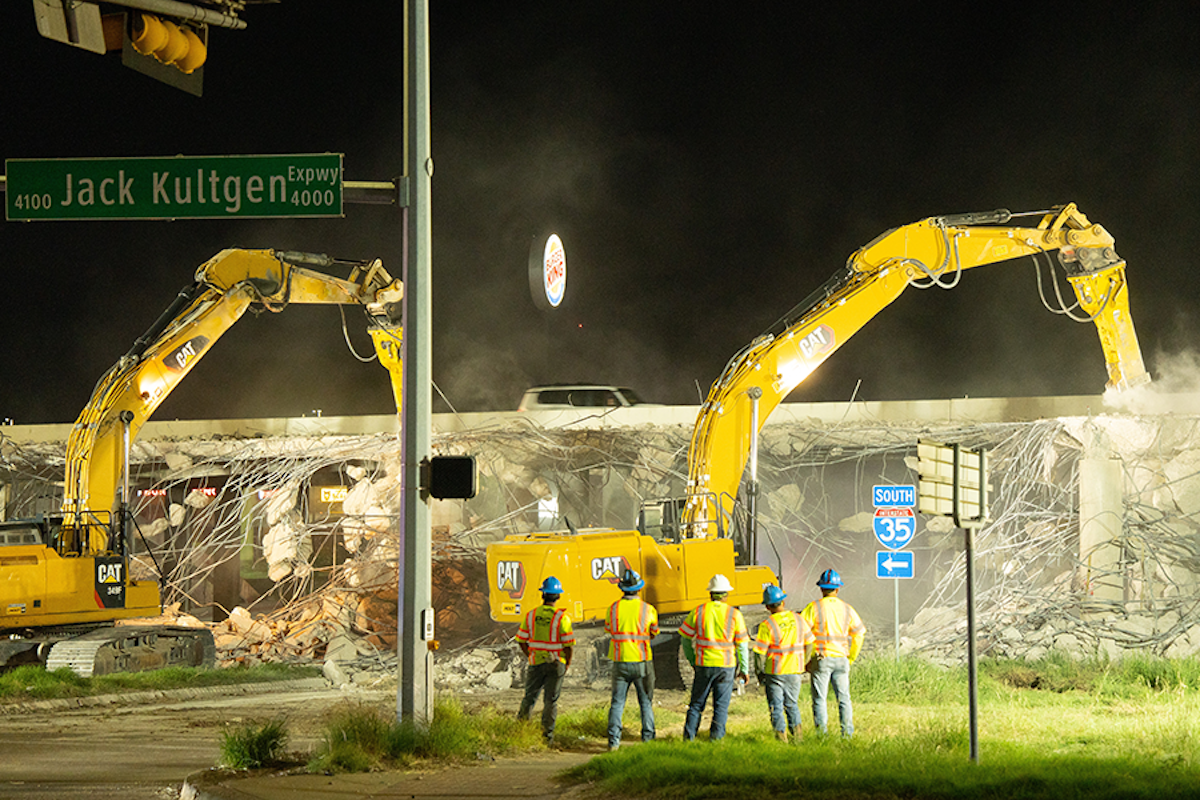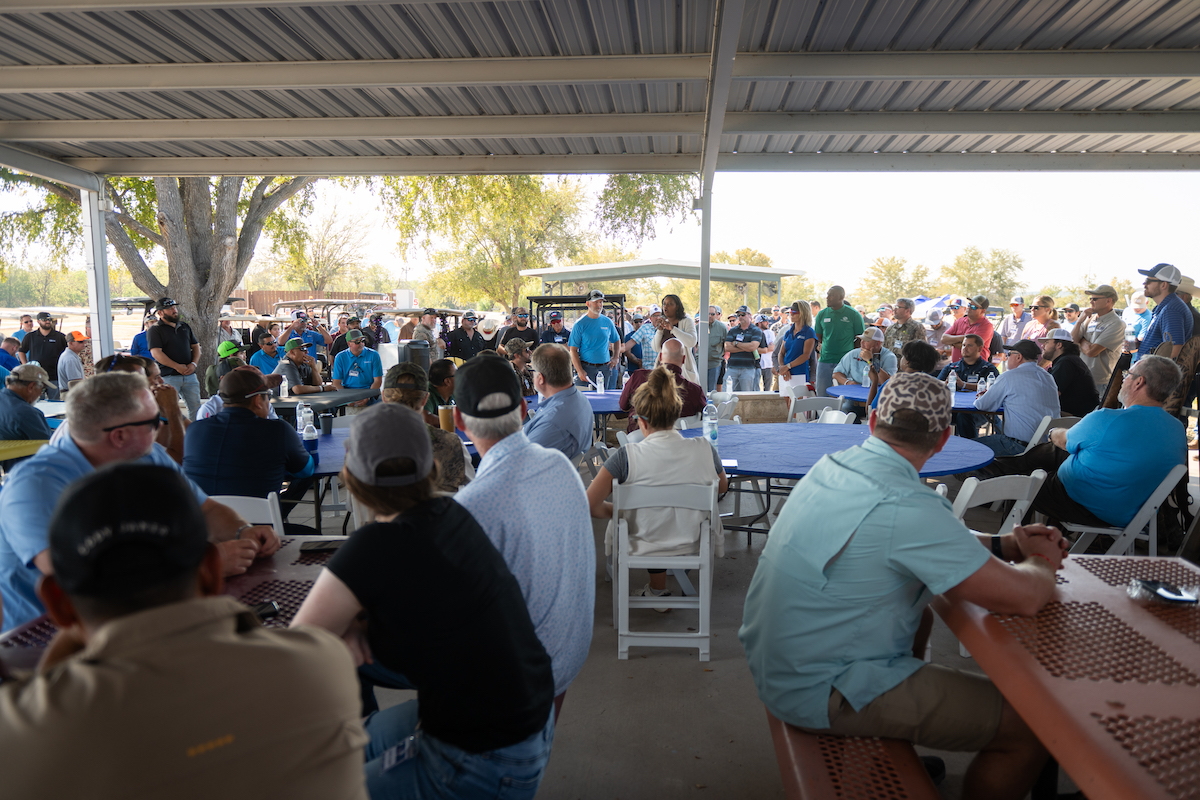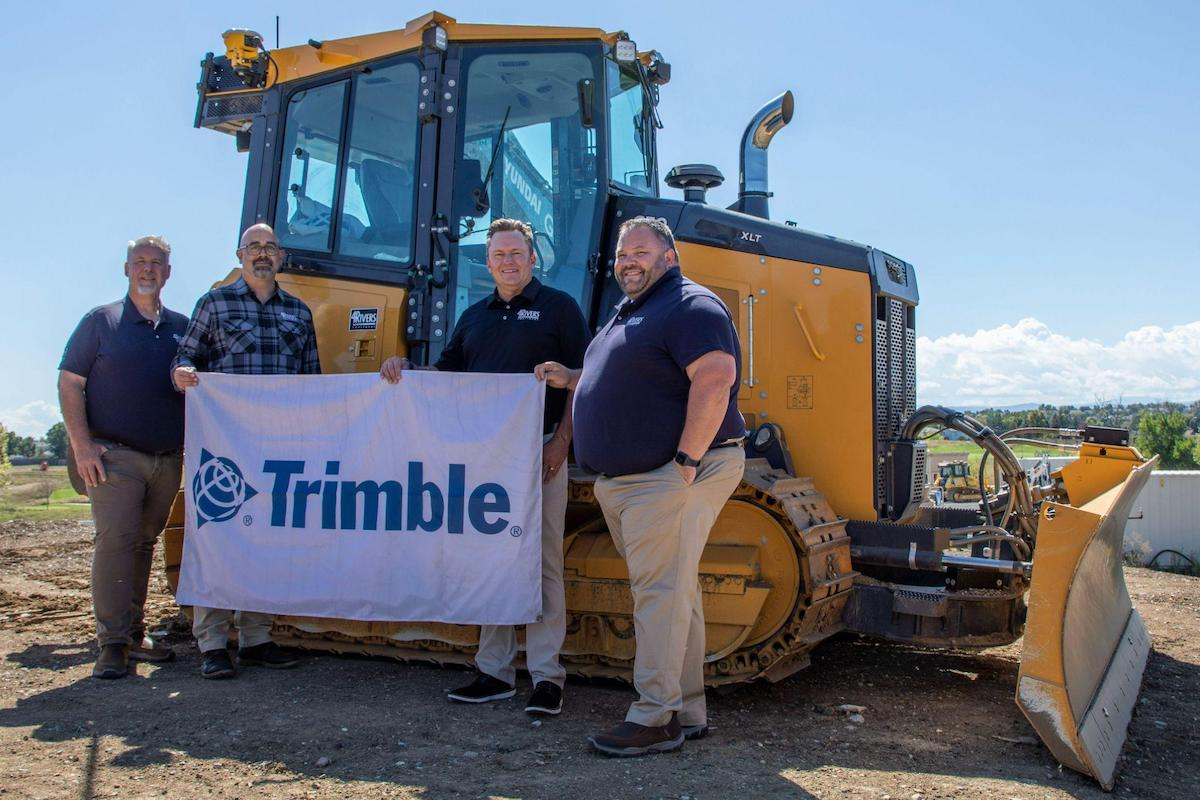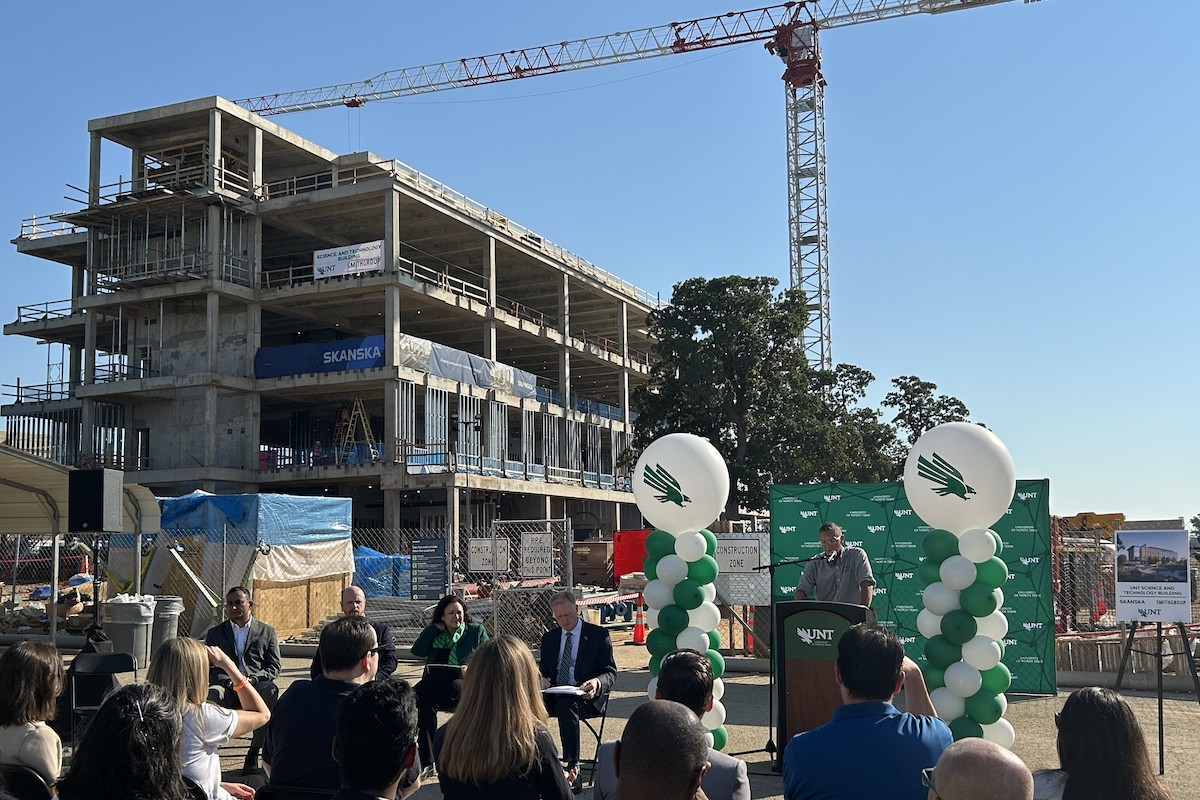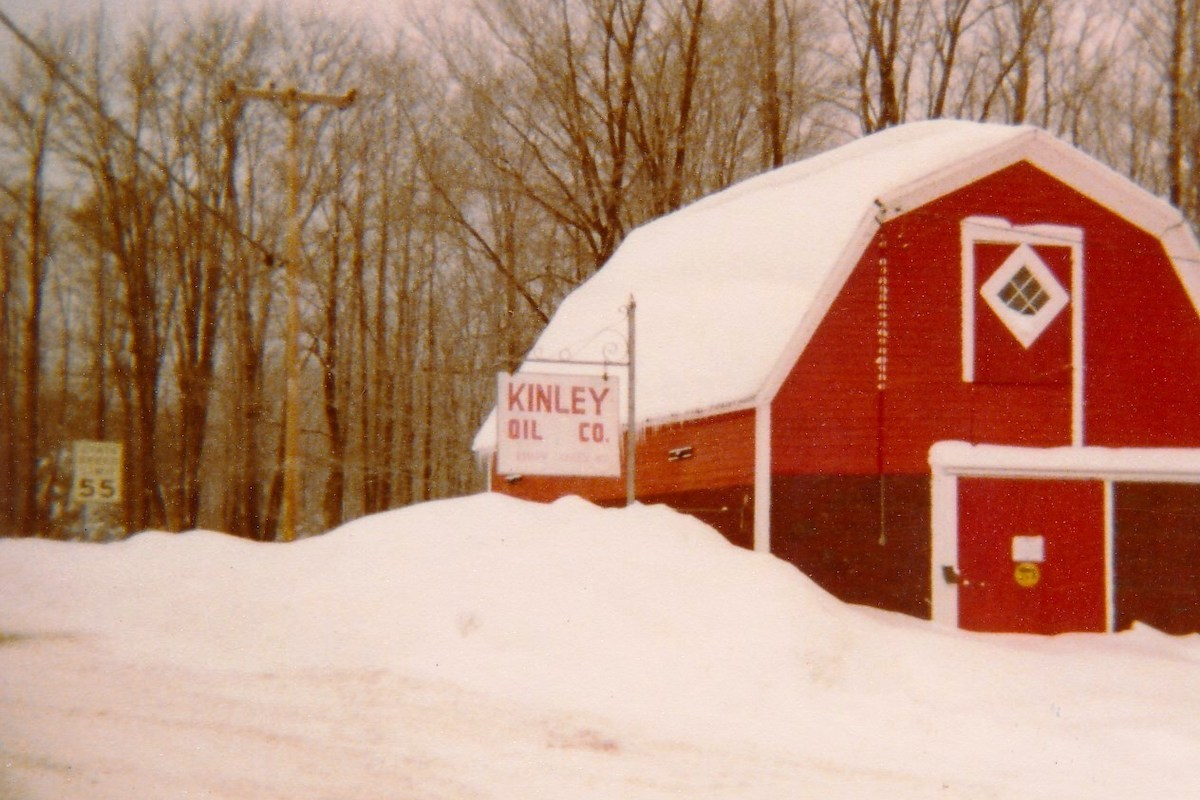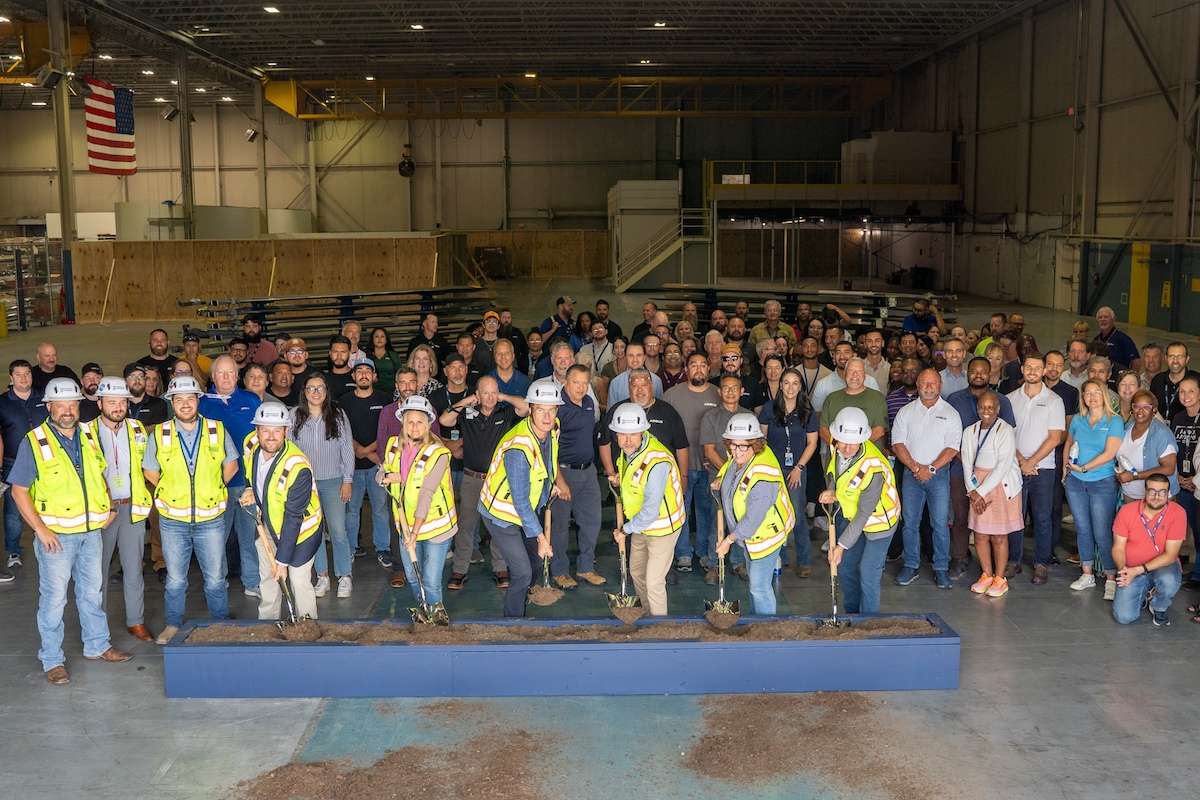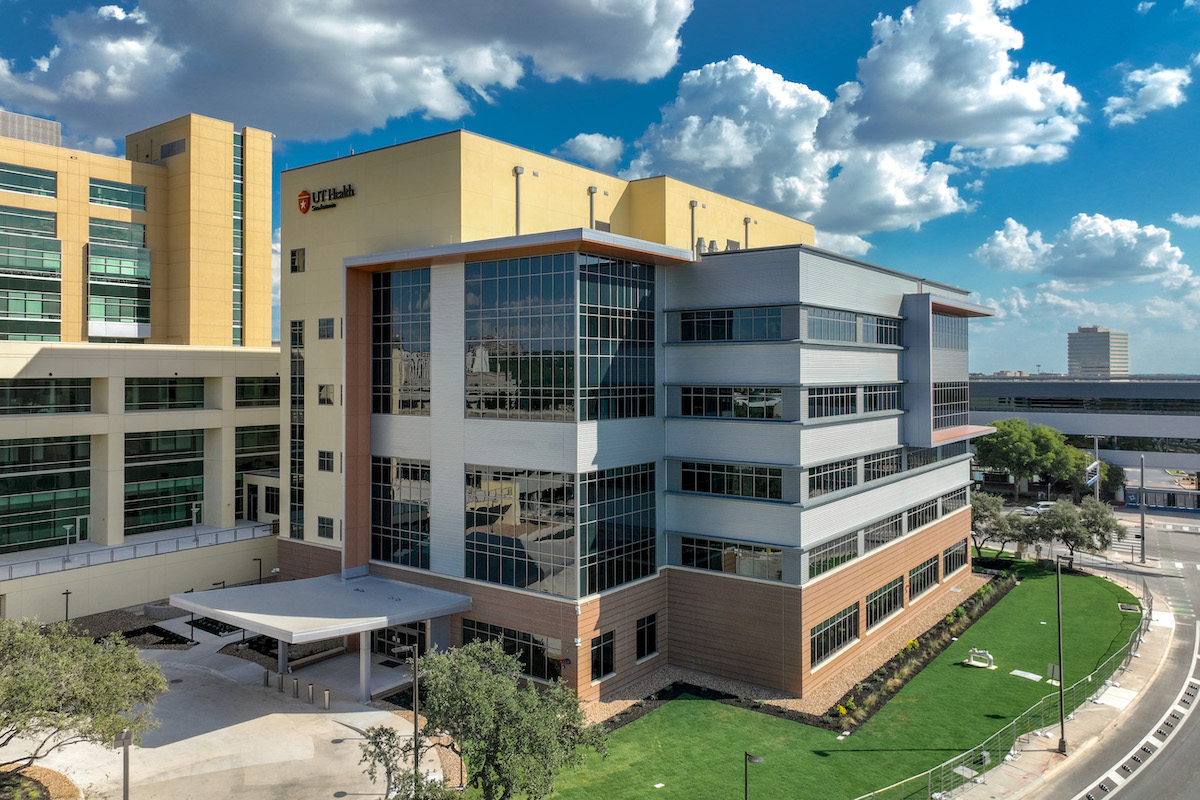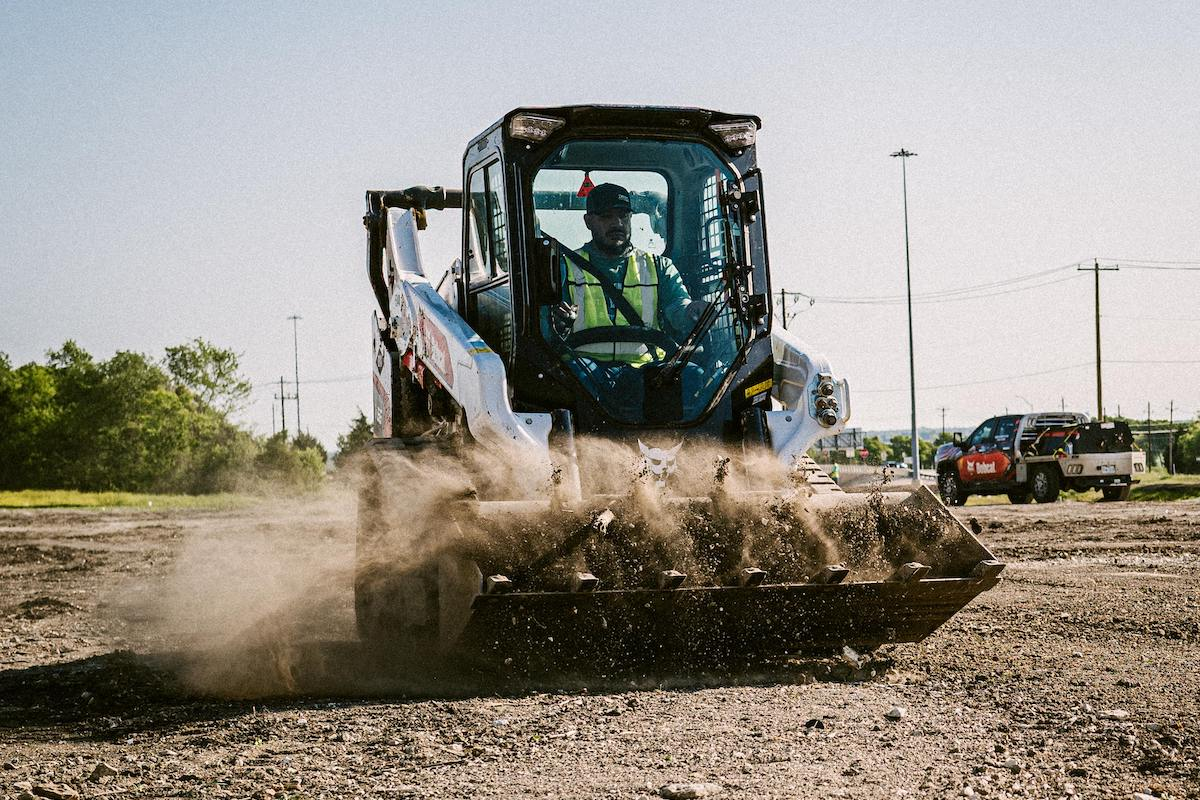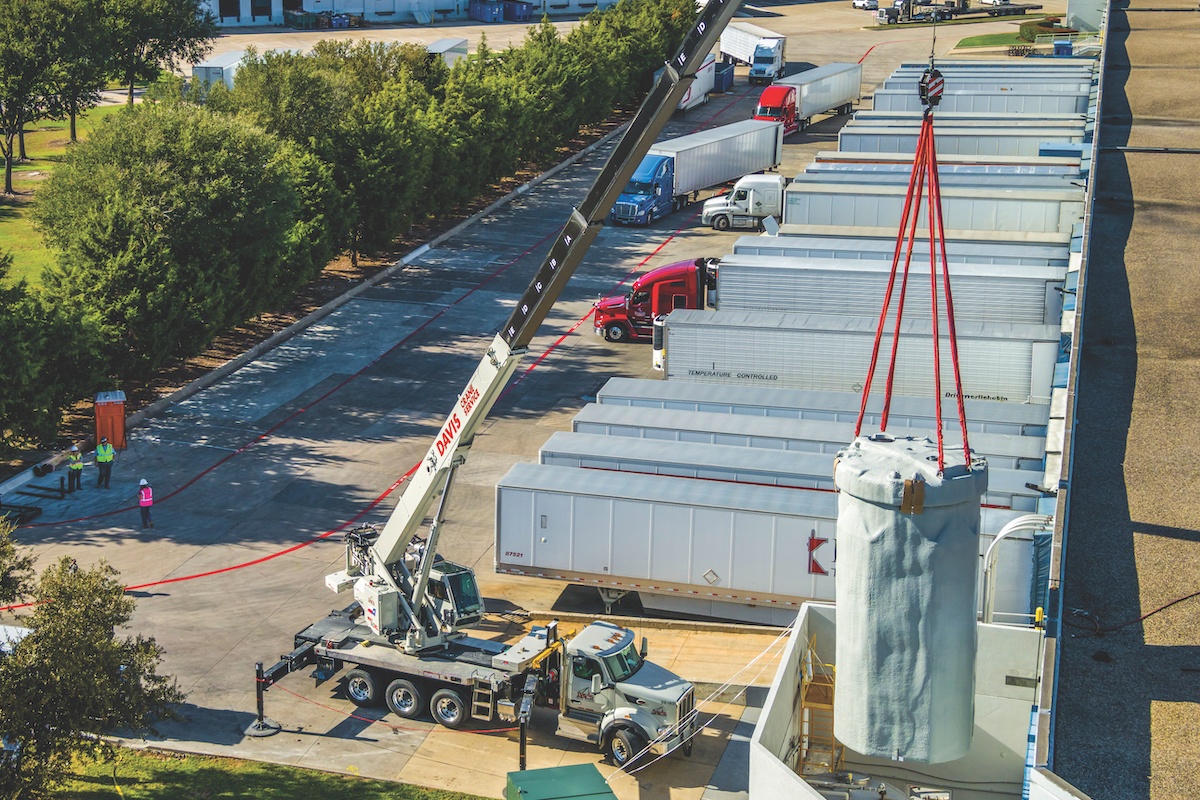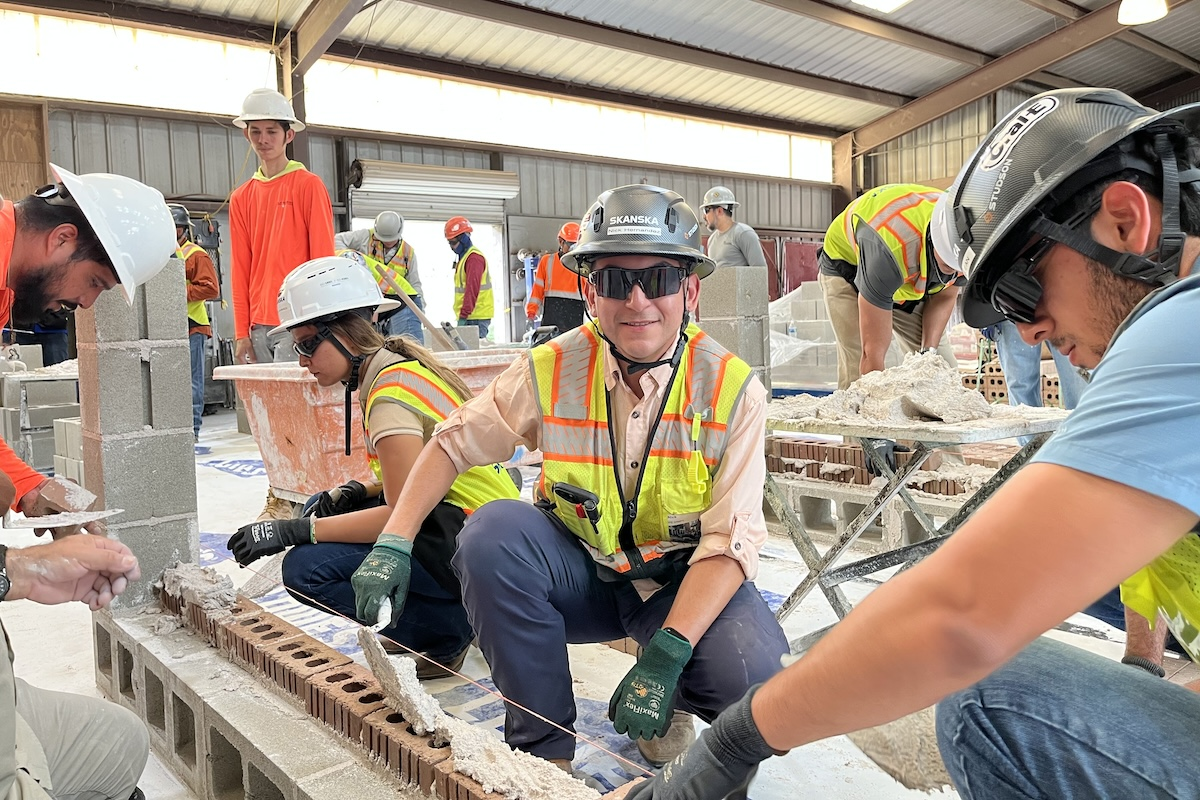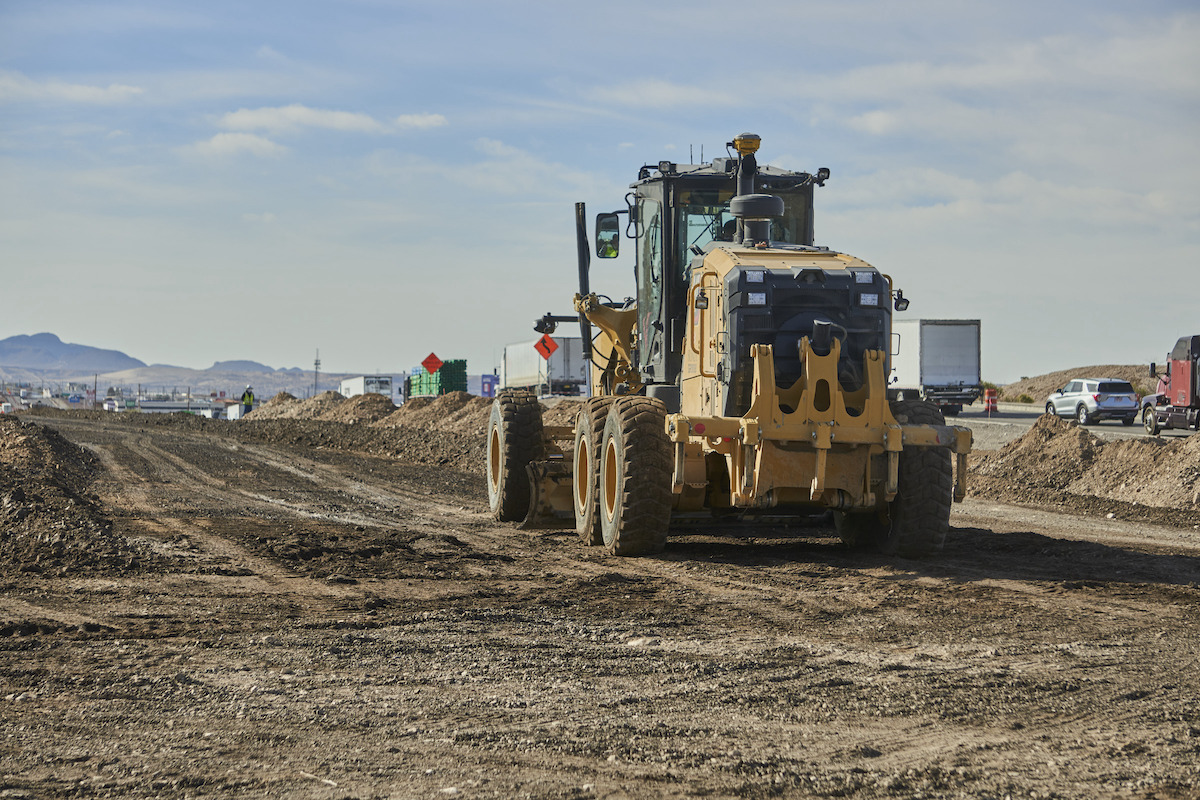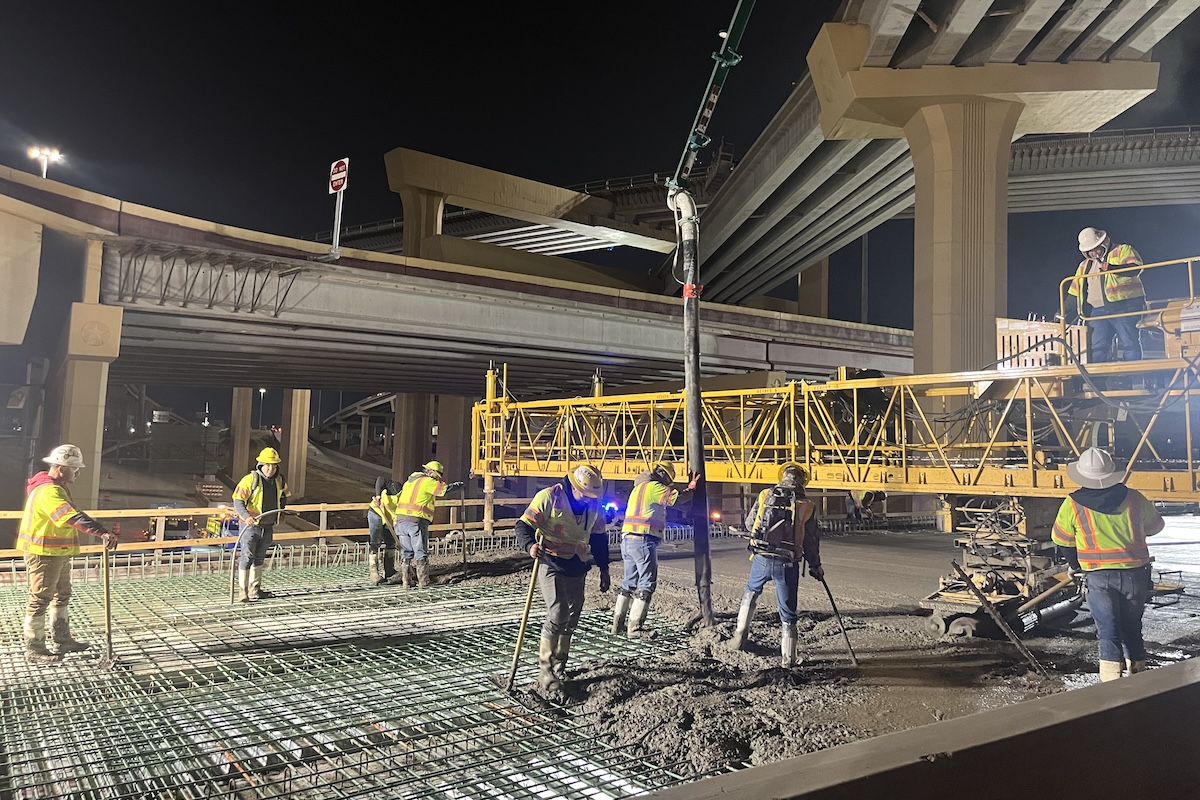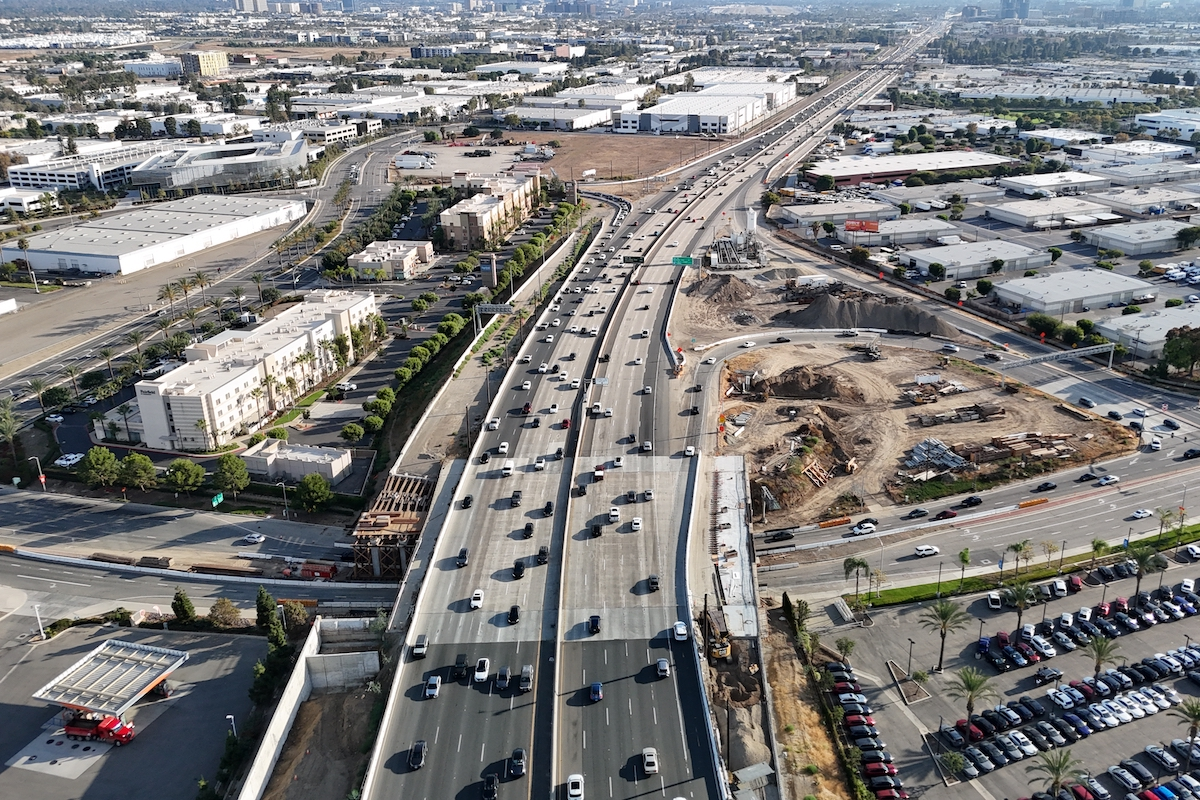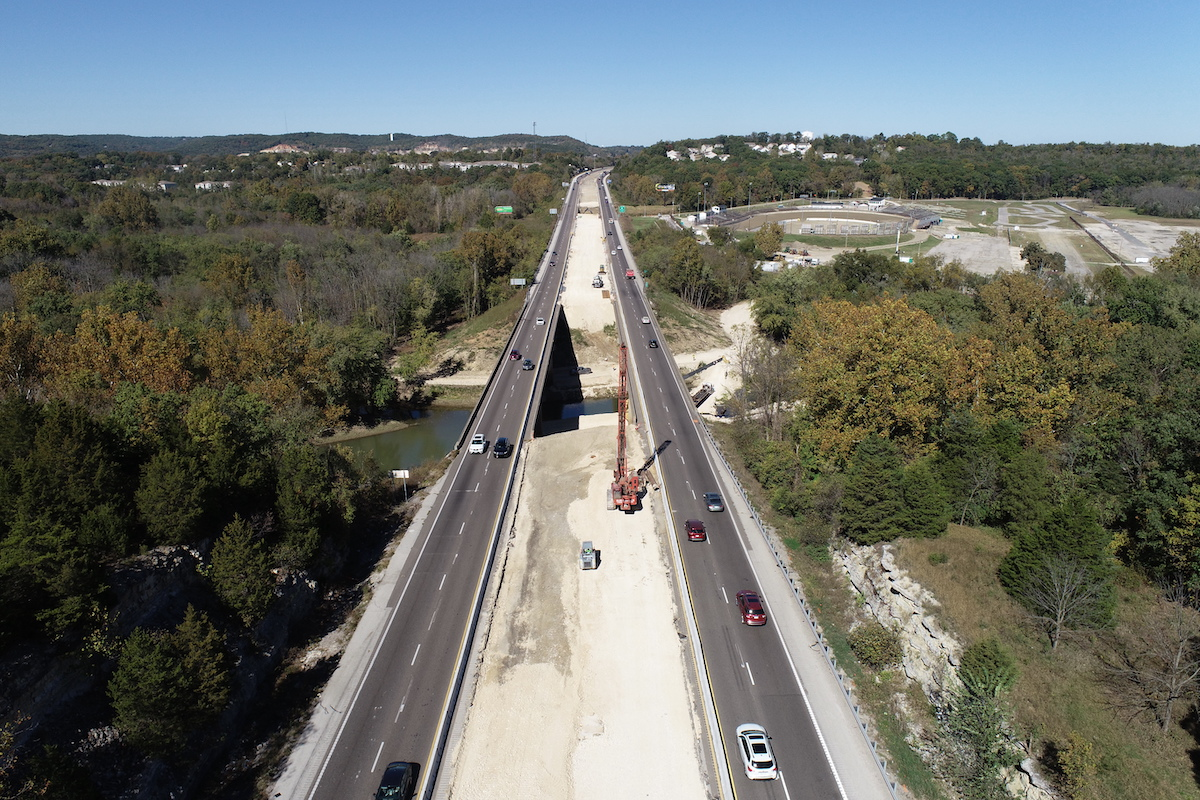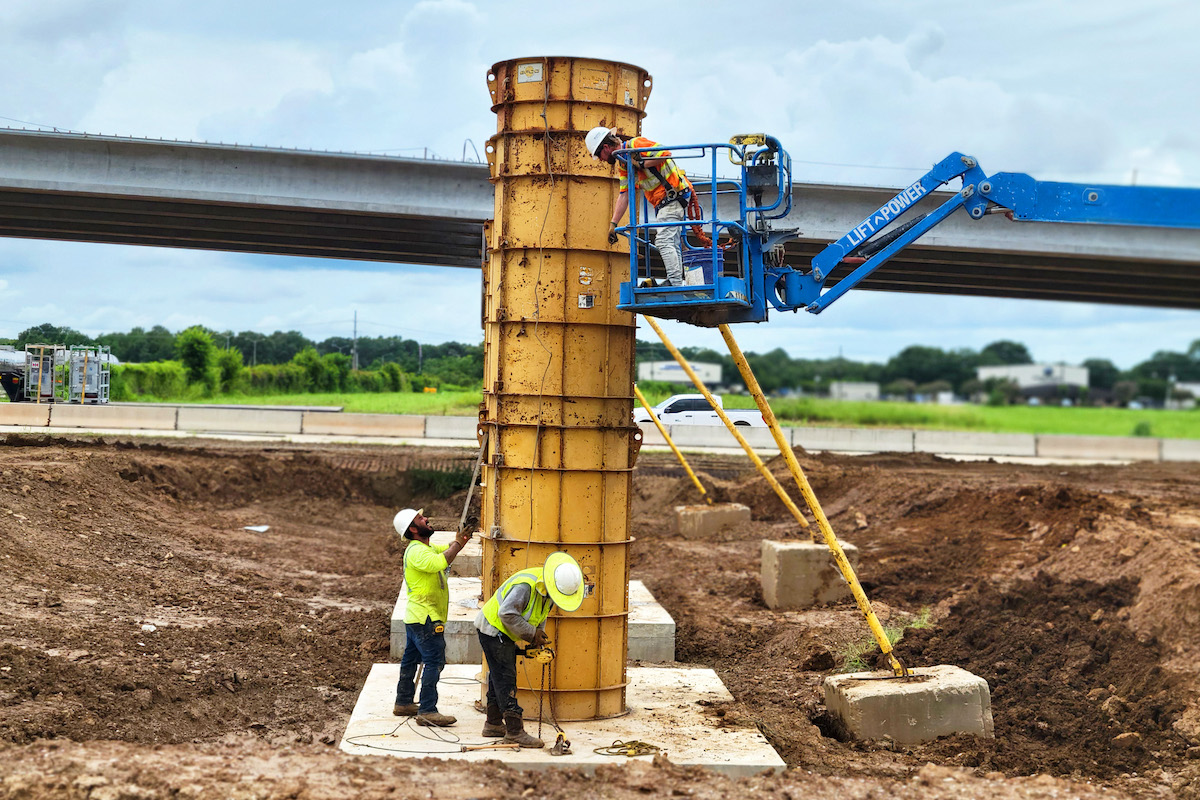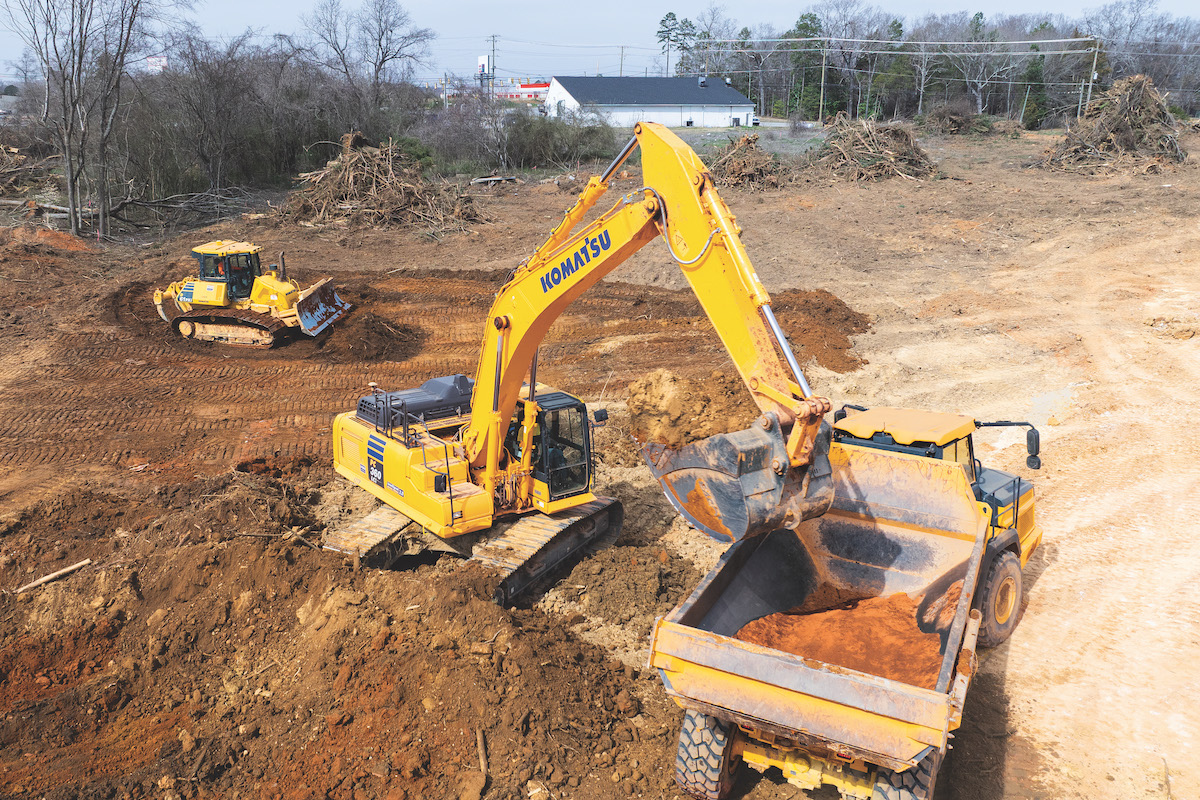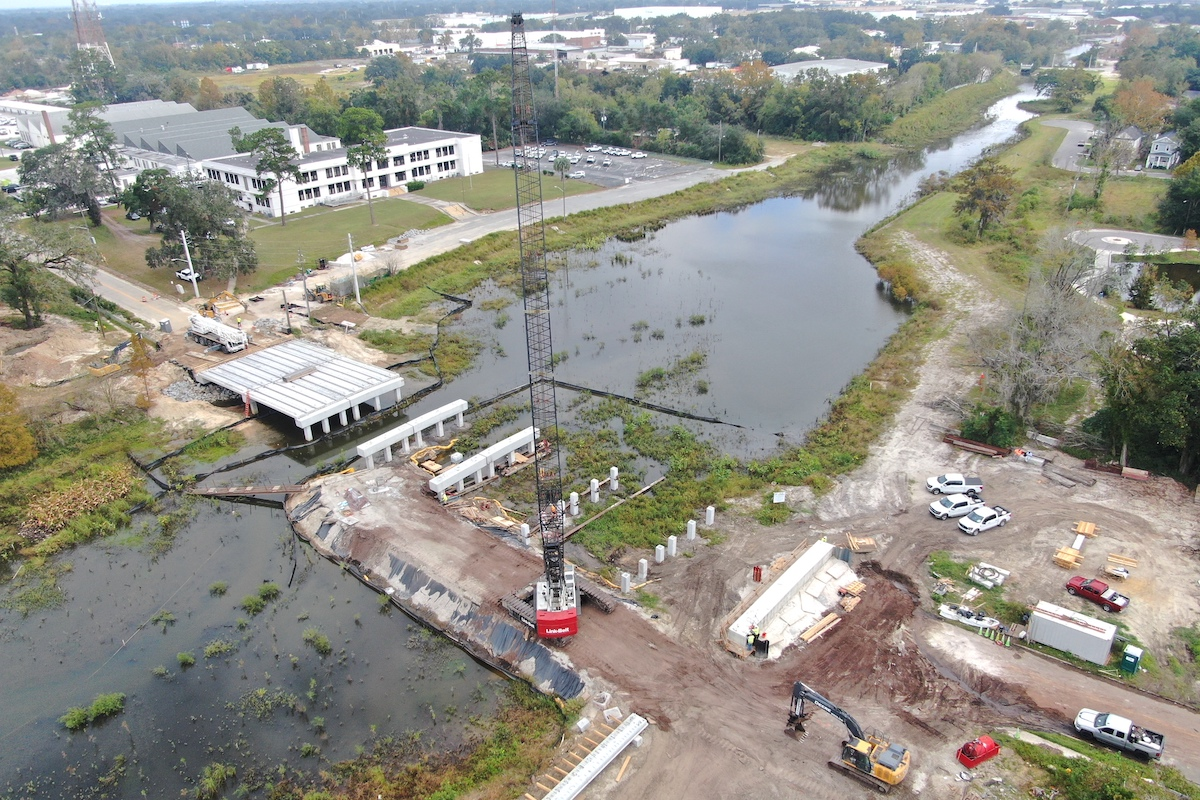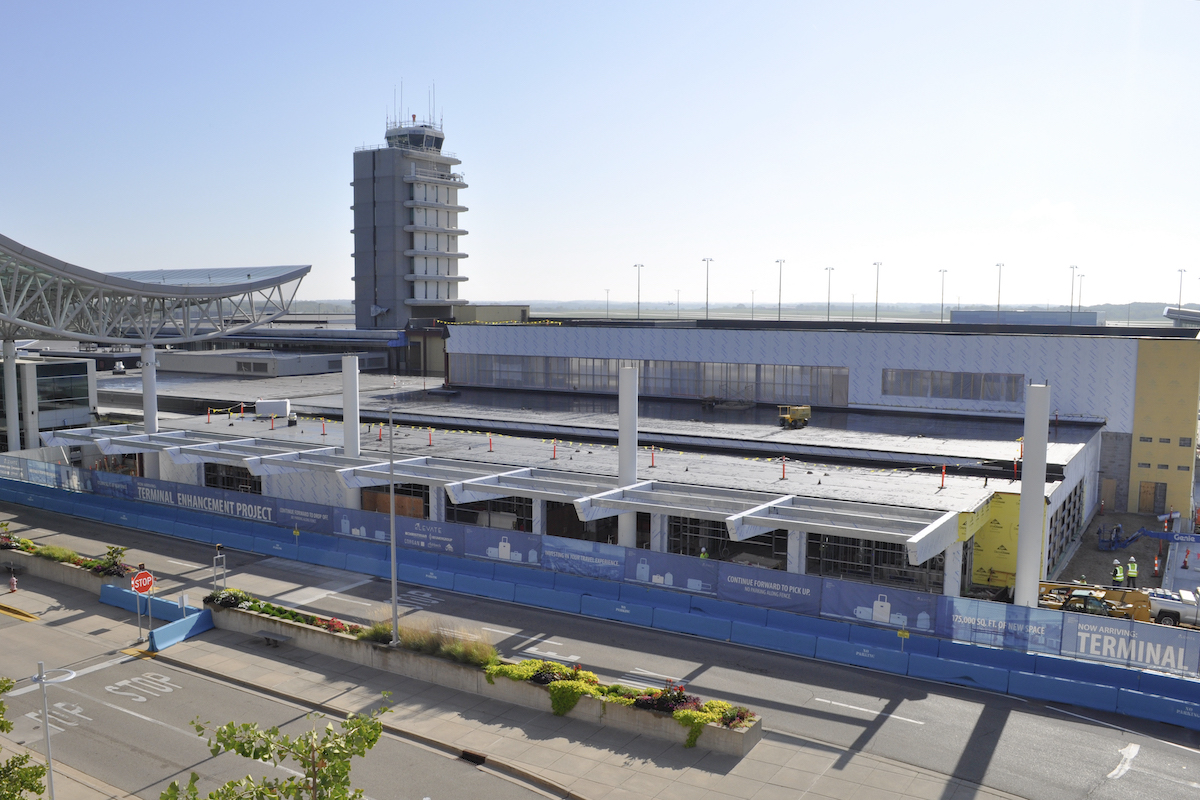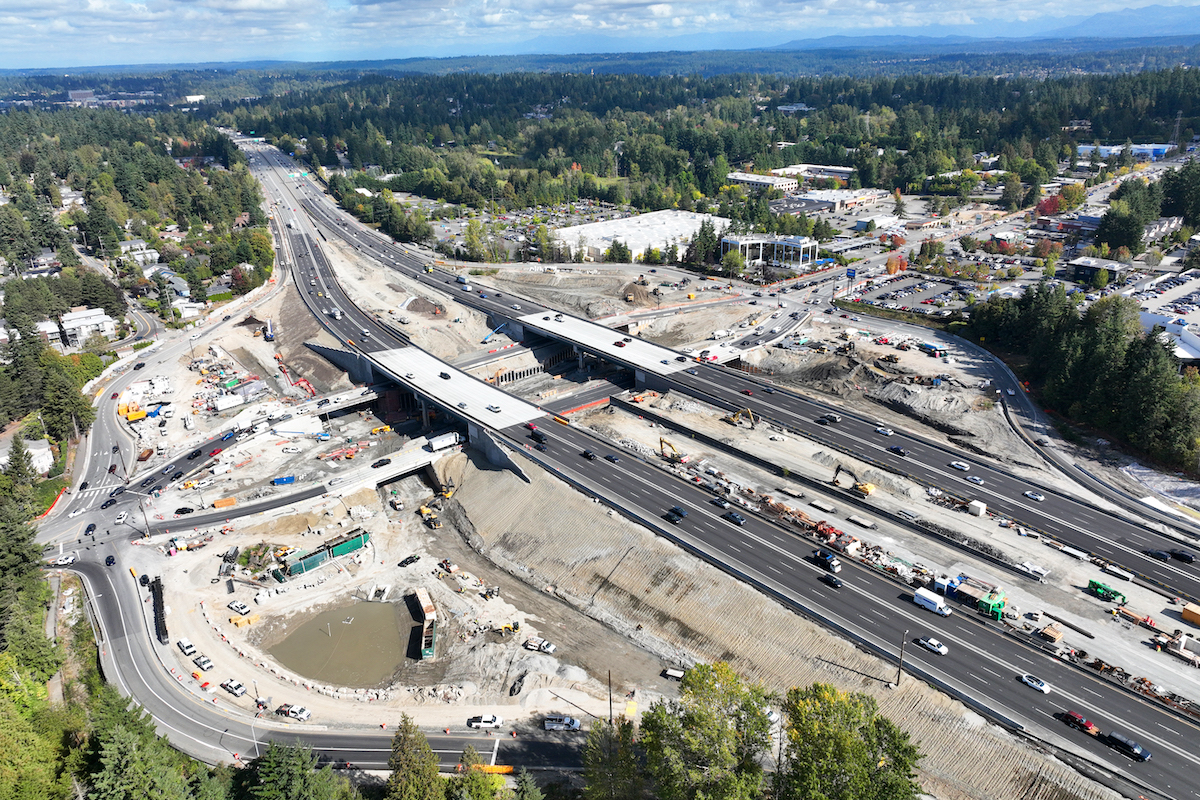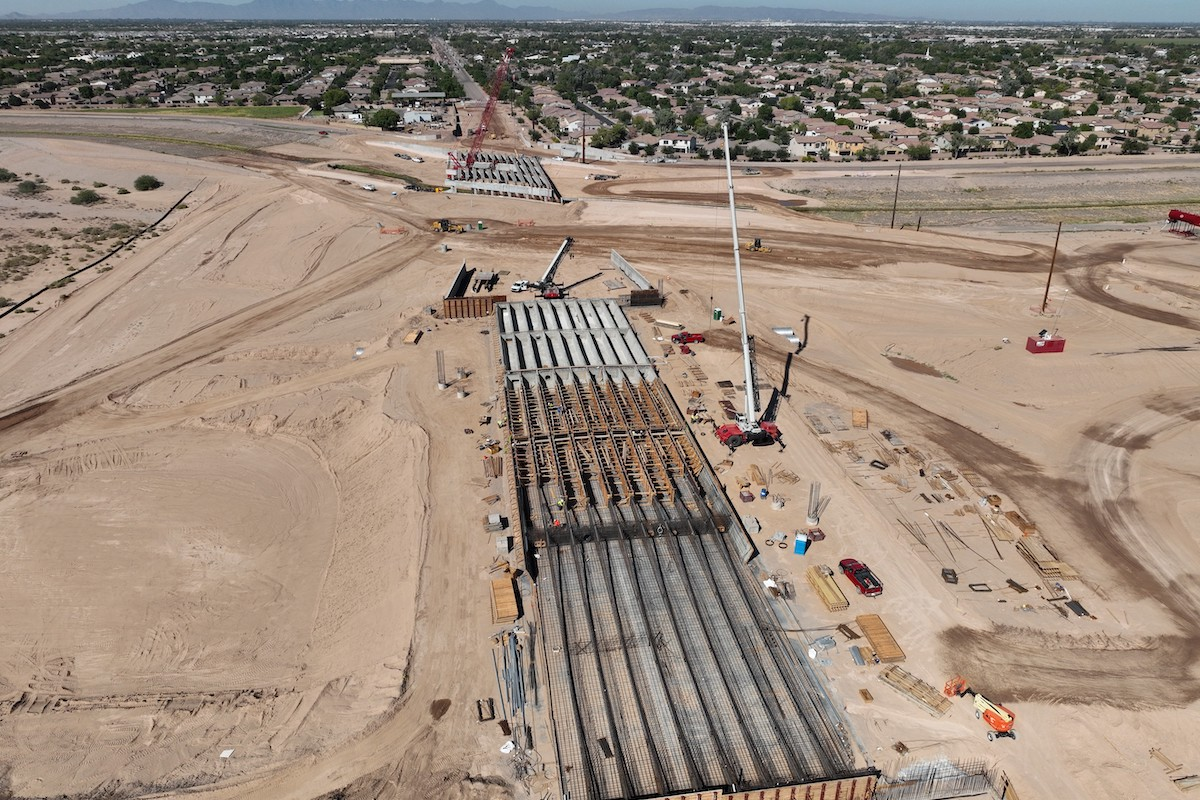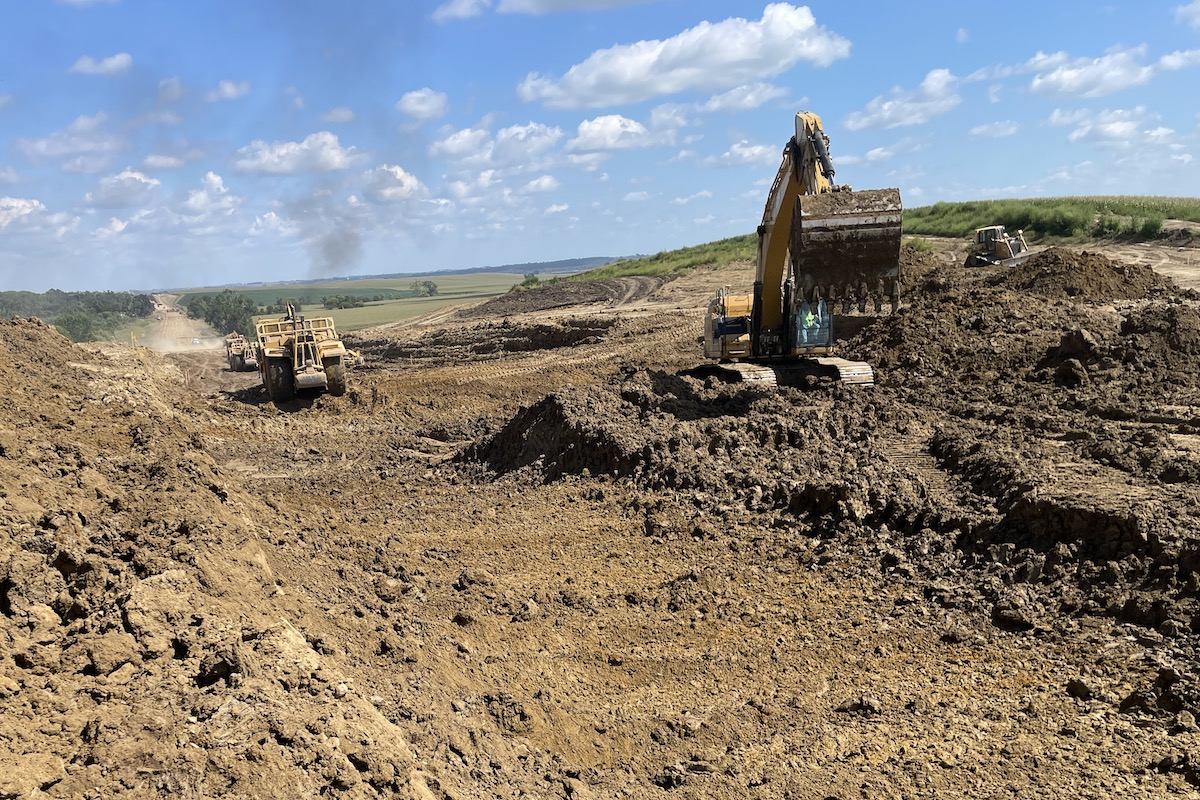DALLAS-FORT WORTH, TX — Archer Western Herzog (AWH), a design-build joint venture between Archer Western Construction and Herzog Contracting Corp., celebrates the opening of the Dallas Area Rapid Transit (DART) Silver Line, a regional rail corridor connecting seven North Texas cities from Plano to Dallas Fort Worth International Airport (DFW). As the lead design-build contractor, AWH successfully managed the Silver Line from concept and design through final construction and commissioning.
The Silver Line extends approximately 26 miles along the former Cotton Belt Rail Corridor, linking Plano, Richardson, Dallas, Addison, Carrollton, Coppell, and Grapevine. The new line connects with DFW Airport’s Terminal B, providing transfers to TEXRail, while also integrating with DART’s Red, Orange, and Green Lines for improved mobility throughout the Metroplex.
The project introduces 10 new stations, a series of modern pedestrian bridges, and the Cotton Belt Regional Trail, enhancing multimodal travel and accessibility for residents, students, and commuters across Collin, Dallas, and Tarrant counties.
Archer Western Herzog was responsible for the full design and construction of the Silver Line corridor, encompassing track systems, stations, bridges, grade crossings, retaining walls, sound walls, utilities, and supporting infrastructure.
Working in close collaboration with DART, local municipalities, and multiple stakeholders, the AWH team successfully delivered:
- Over 53 miles of new track, including mainline and siding track
- 40 major structures, featuring bridge spans, aerial guideways, and prefabricated pedestrian crossings
- Quiet zones and sound mitigation systems to reduce noise impacts in adjacent neighborhoods
- New grade separations and roadway improvements to enhance safety and traffic flow
Throughout construction, AWH worked hand-in-hand with DART, city officials, and residents to minimize disruption while maintaining a focus on safety and communication. Some of those efforts included:
- Quiet zone implementation to enhance community livability along the corridor
- Pedestrian and bicycle connectivity expanded through the integrated Cotton Belt Trail system
- Stakeholder coordination to ensure each community’s unique character and needs were reflected in station design, landscaping, and architectural details The project represents more than just rail infrastructure; it is a long-term investment in sustainable mobility, regional accessibility, and community connection. The Silver Line provides the following long-term benefits for North Texas:
- Expanded regional mobility: Linking seven cities with DFW Airport and major employment centers
- Economic growth: Stimulating transit-oriented development, business attraction, and housing opportunities near stations
- Sustainability: Reducing emissions and roadway congestion with Tier 4 clean-diesel rail technology
- Enhanced quality of life: Providing safe, reliable alternatives to automobile travel while promoting pedestrian and cycling options
- Regional connectivity: Creating a transit network across three counties and four major rail systems

